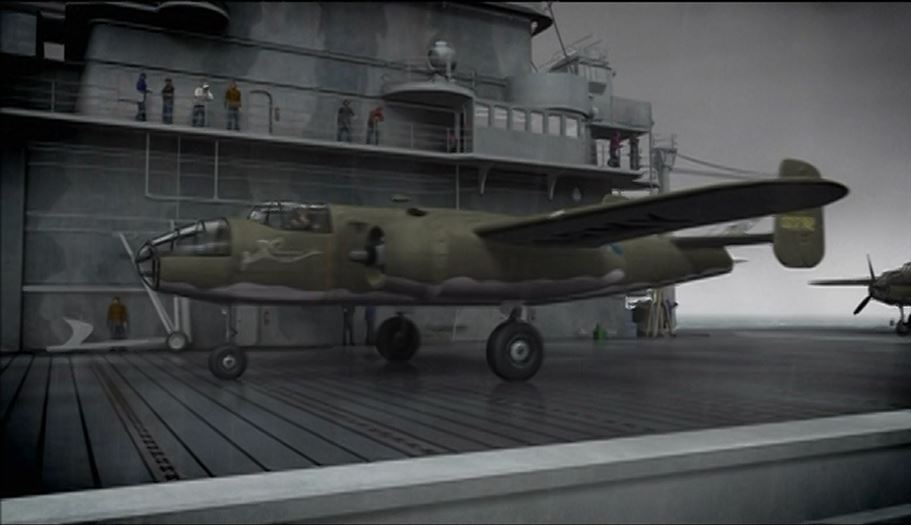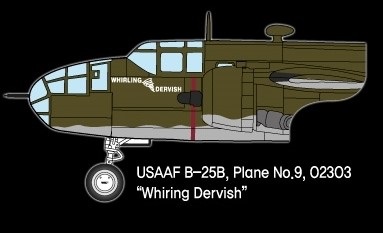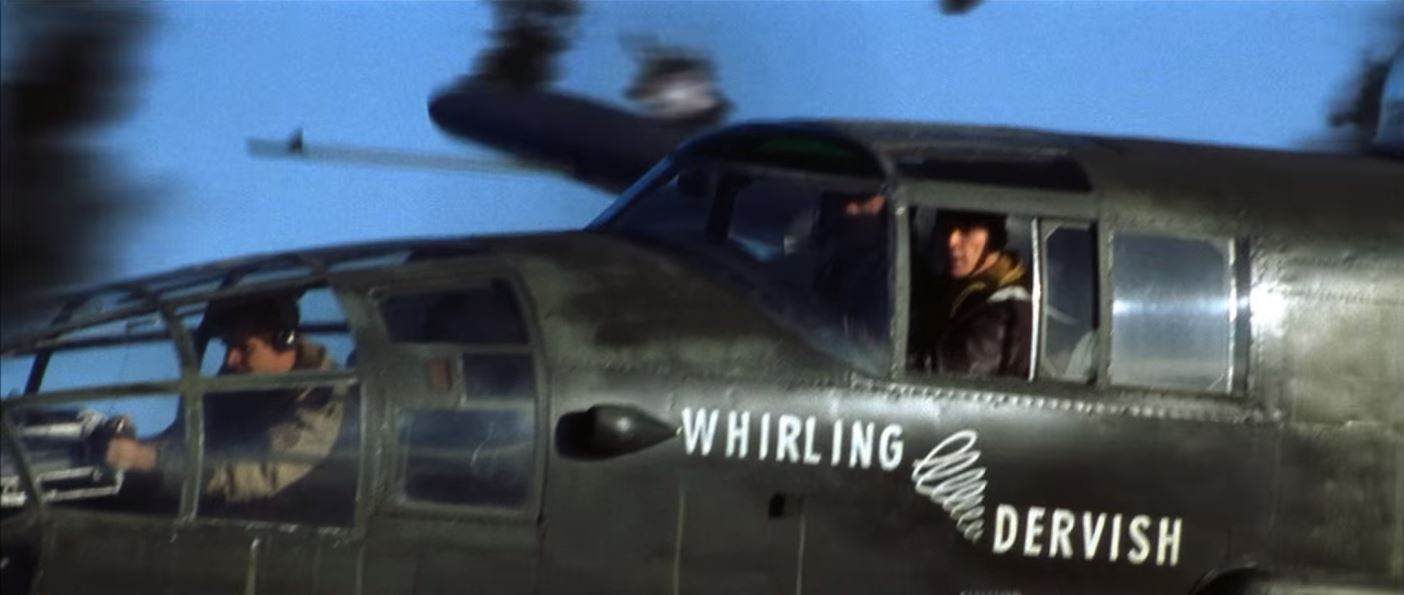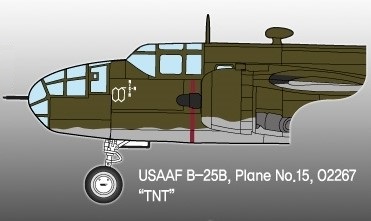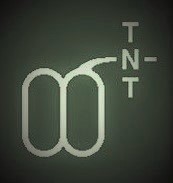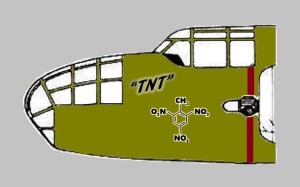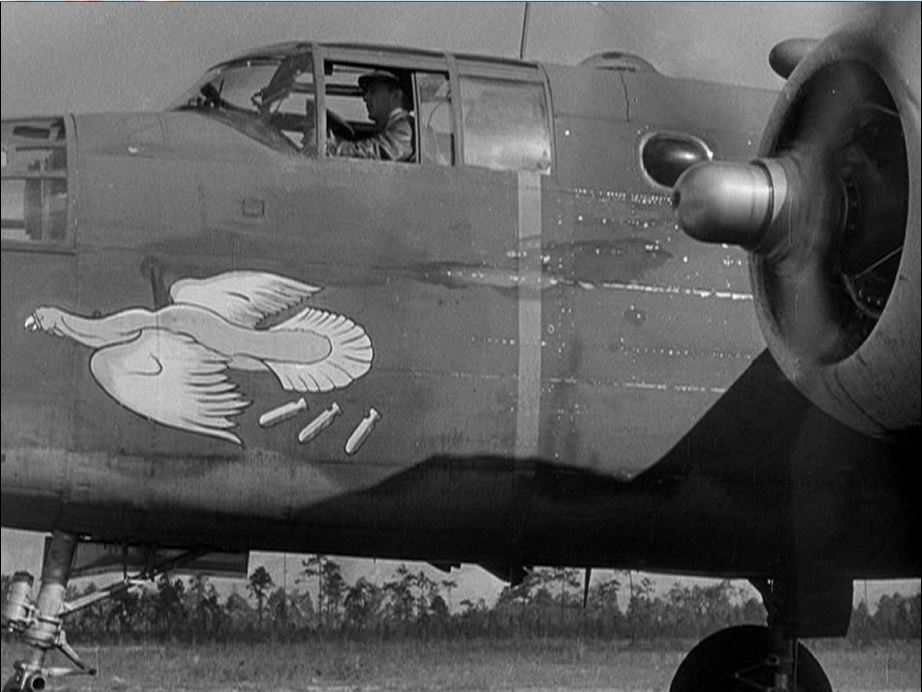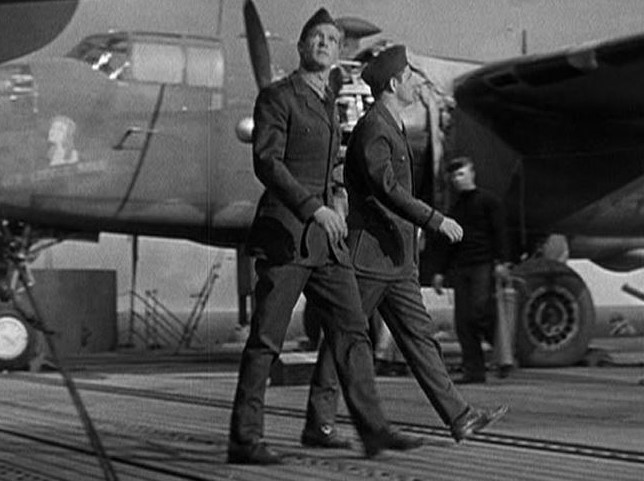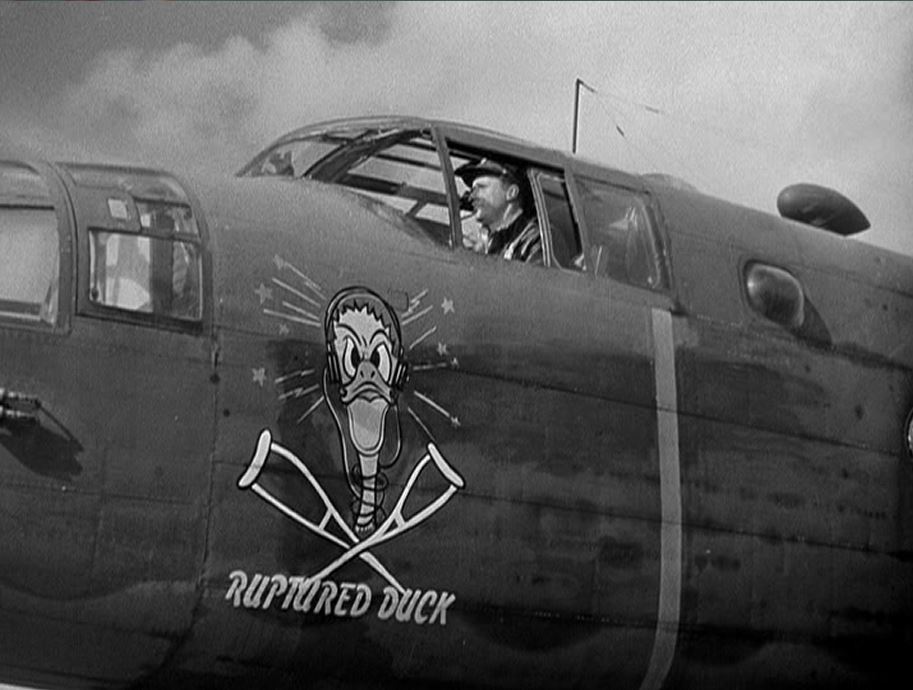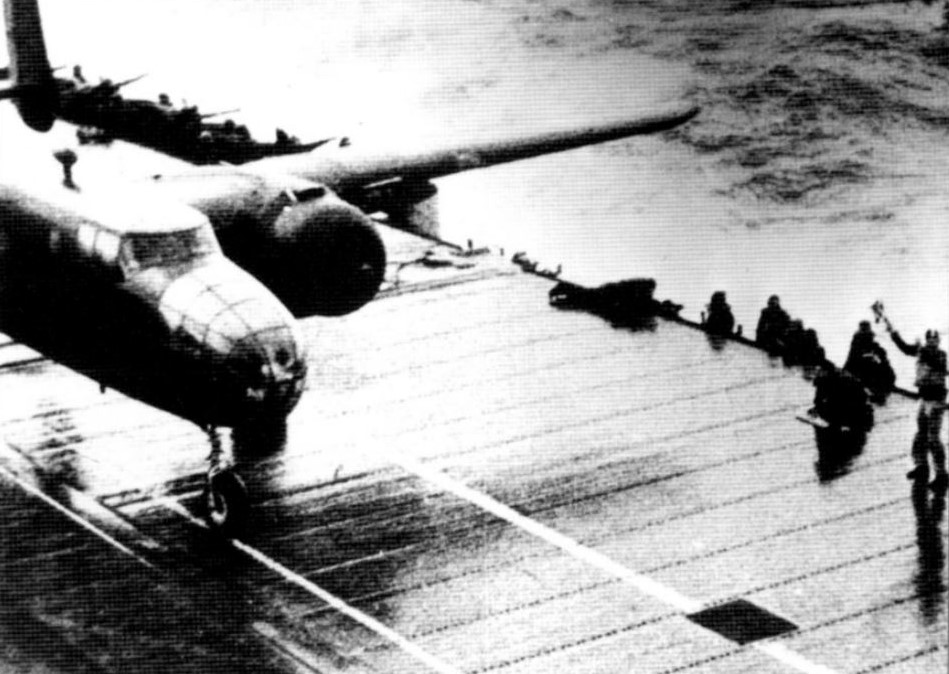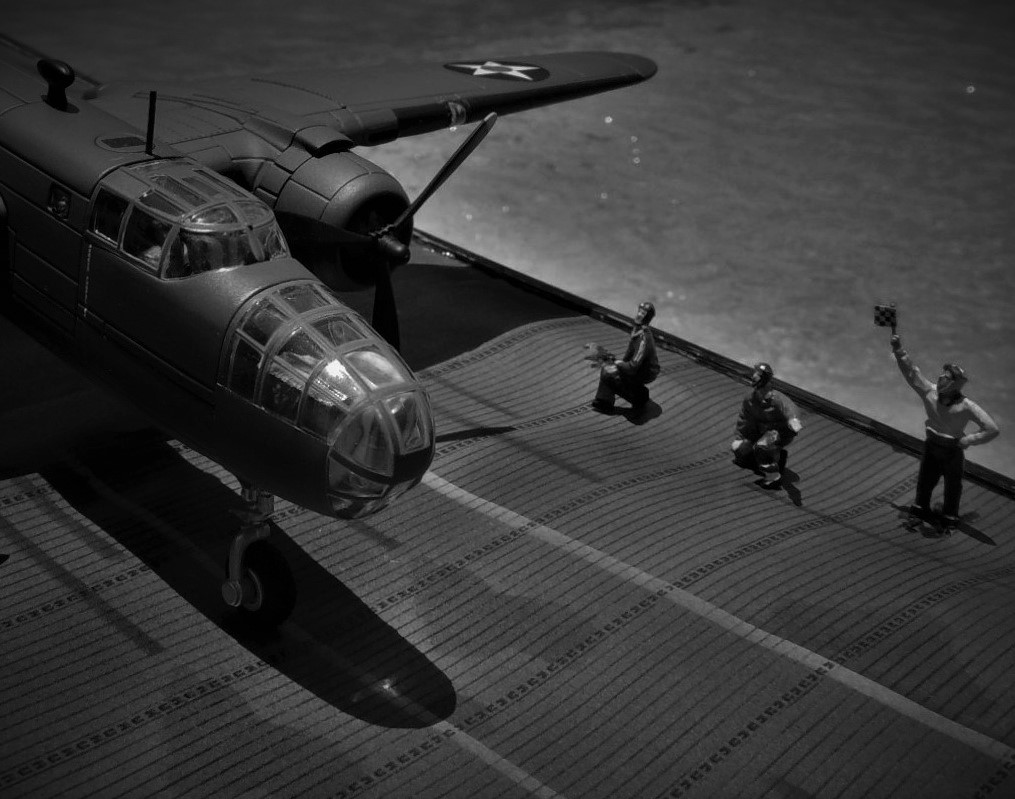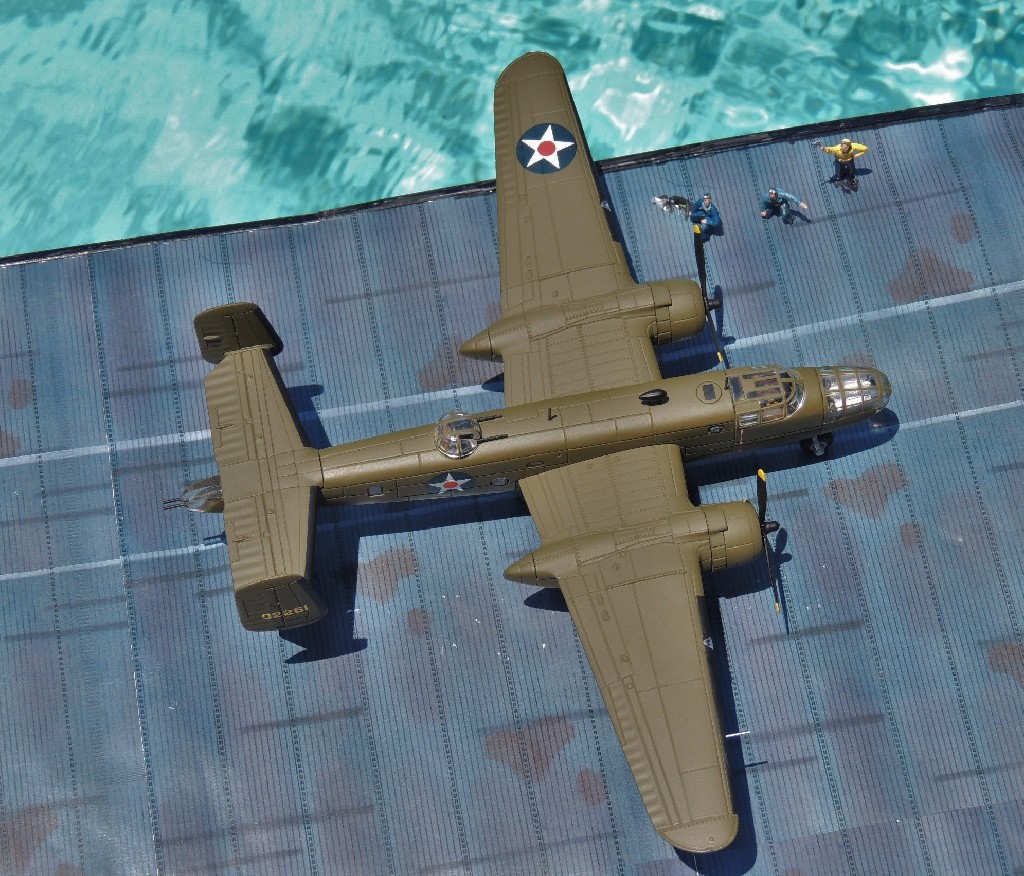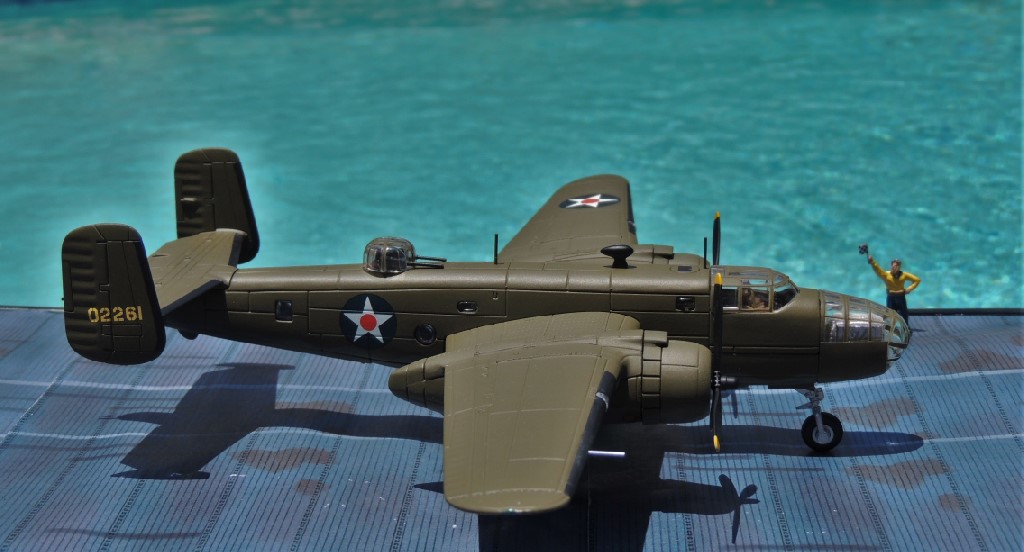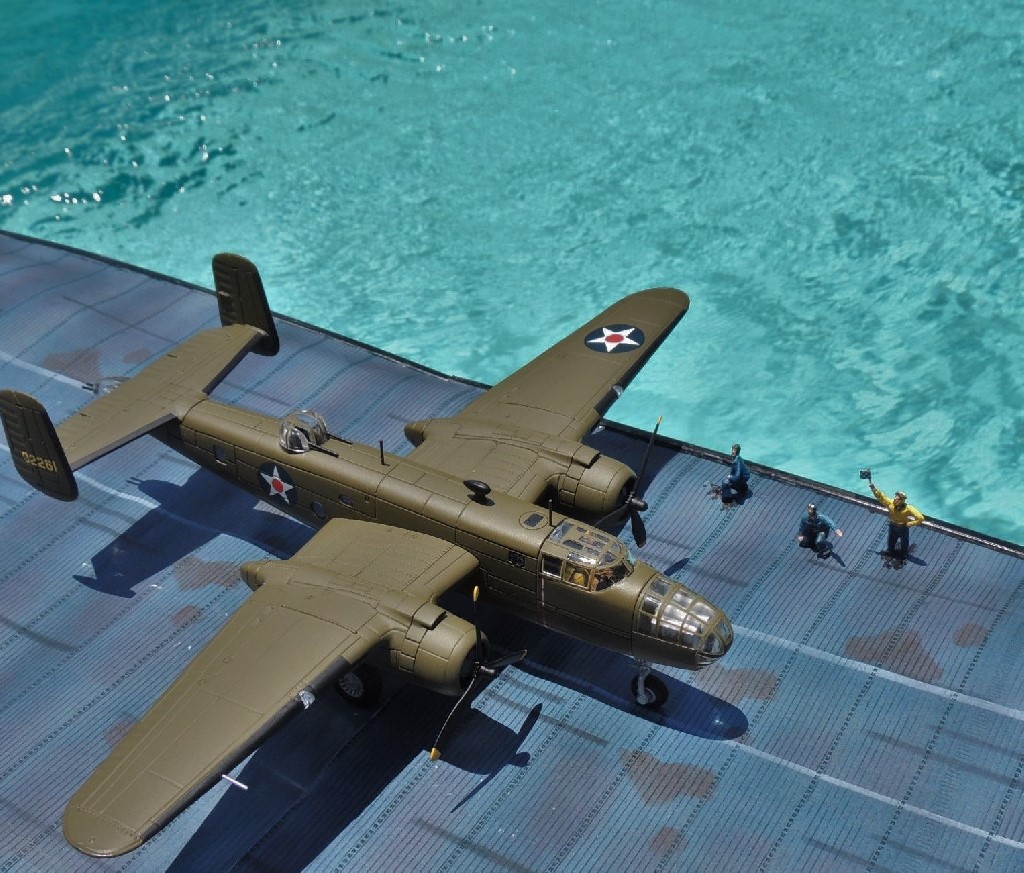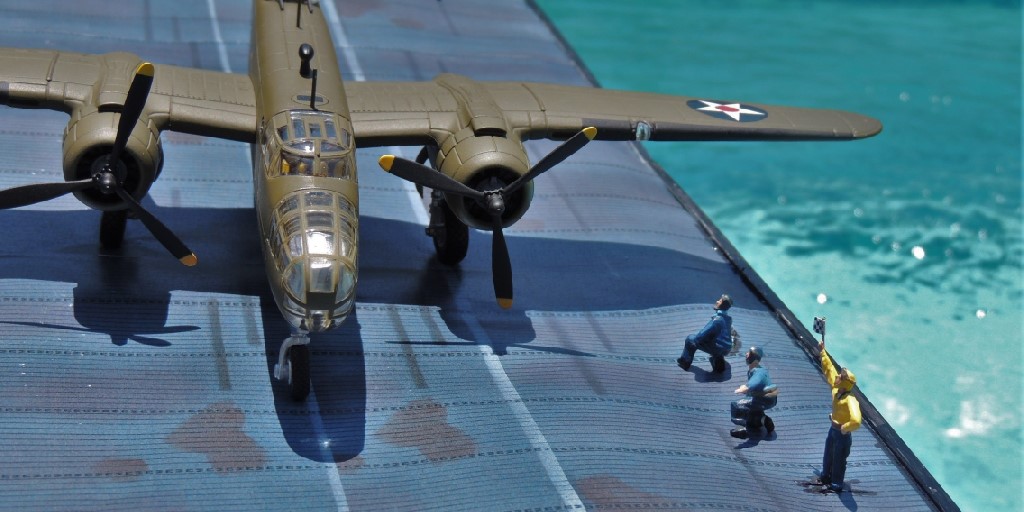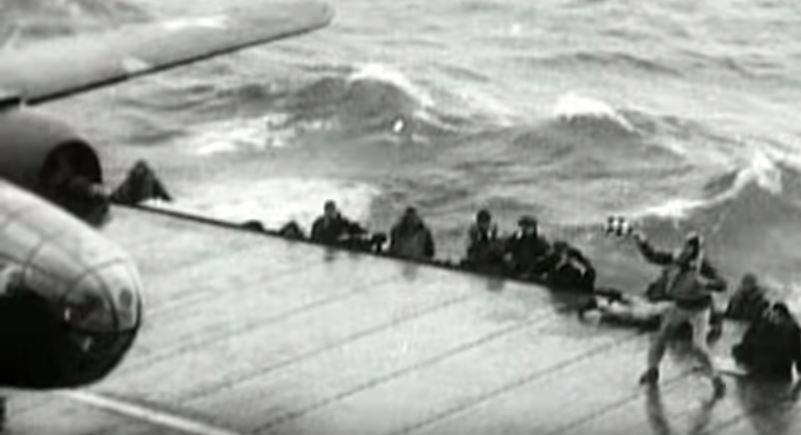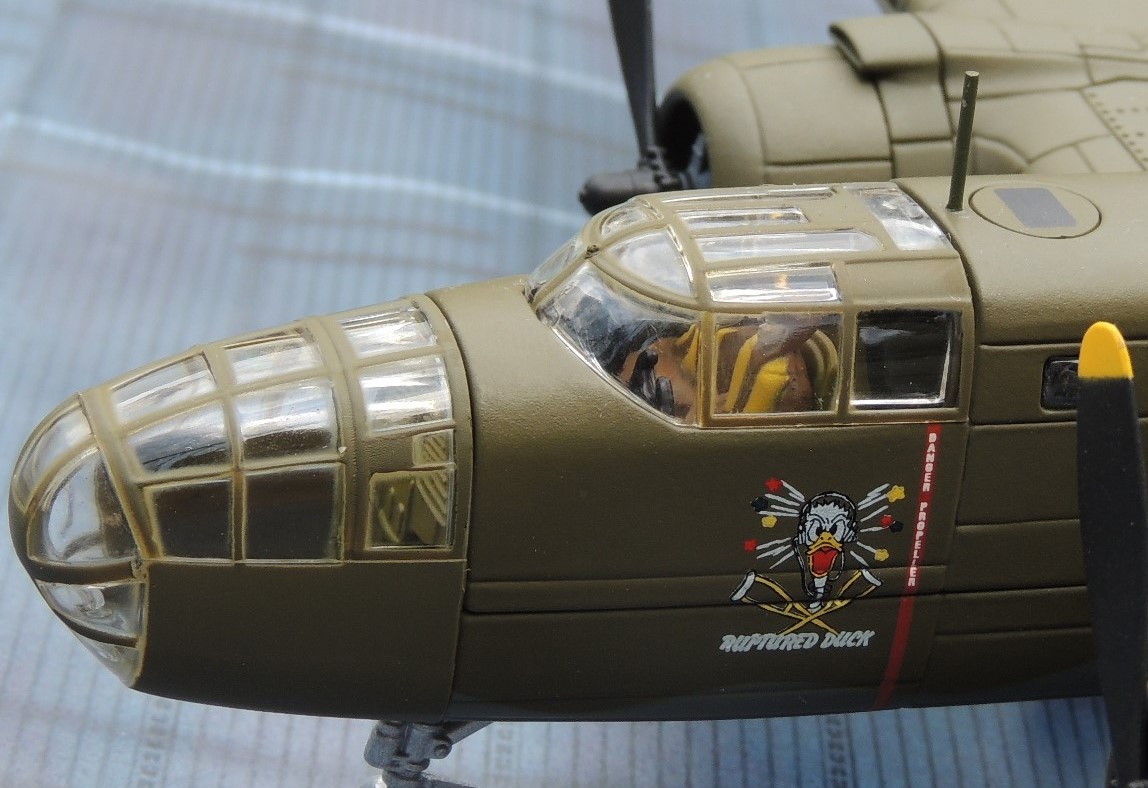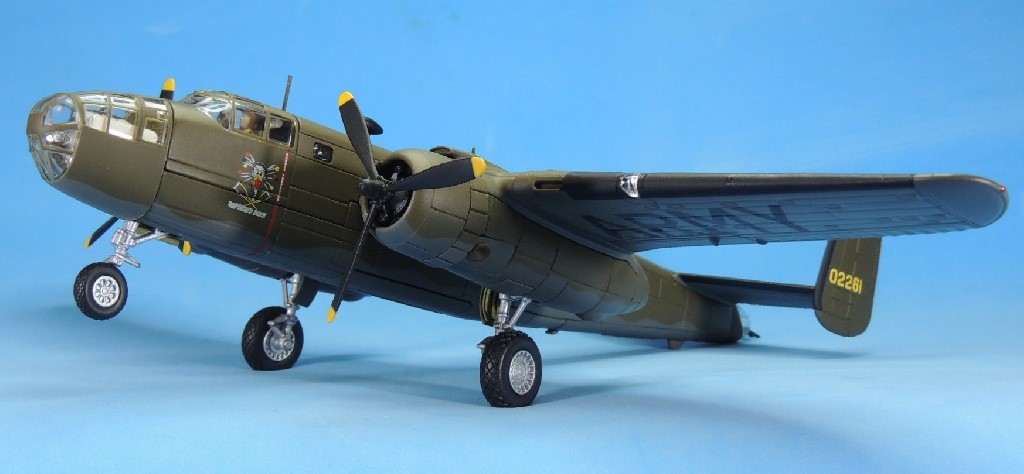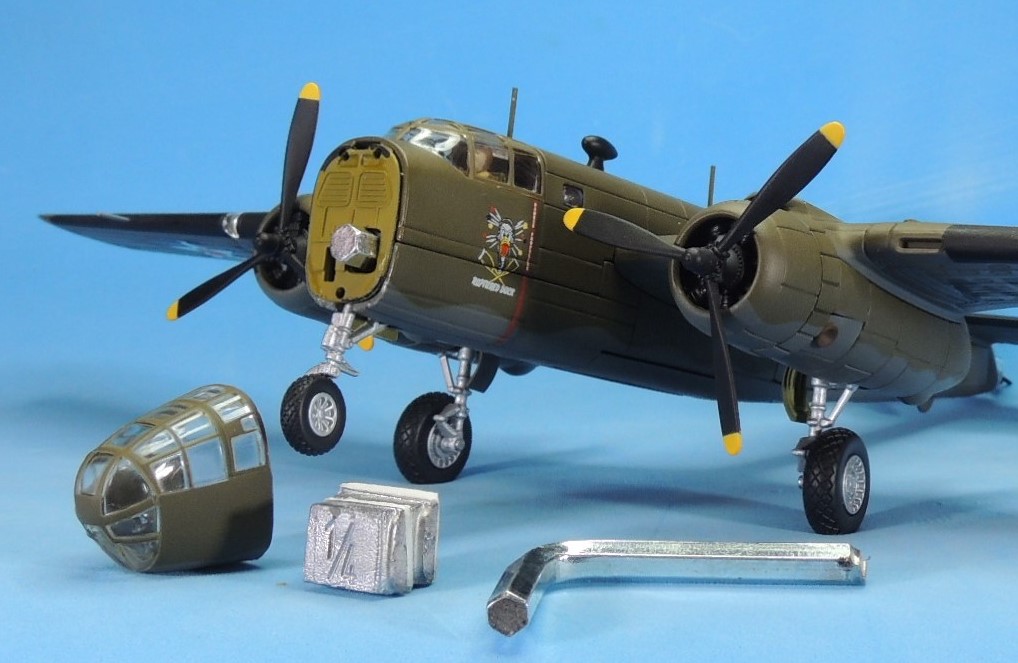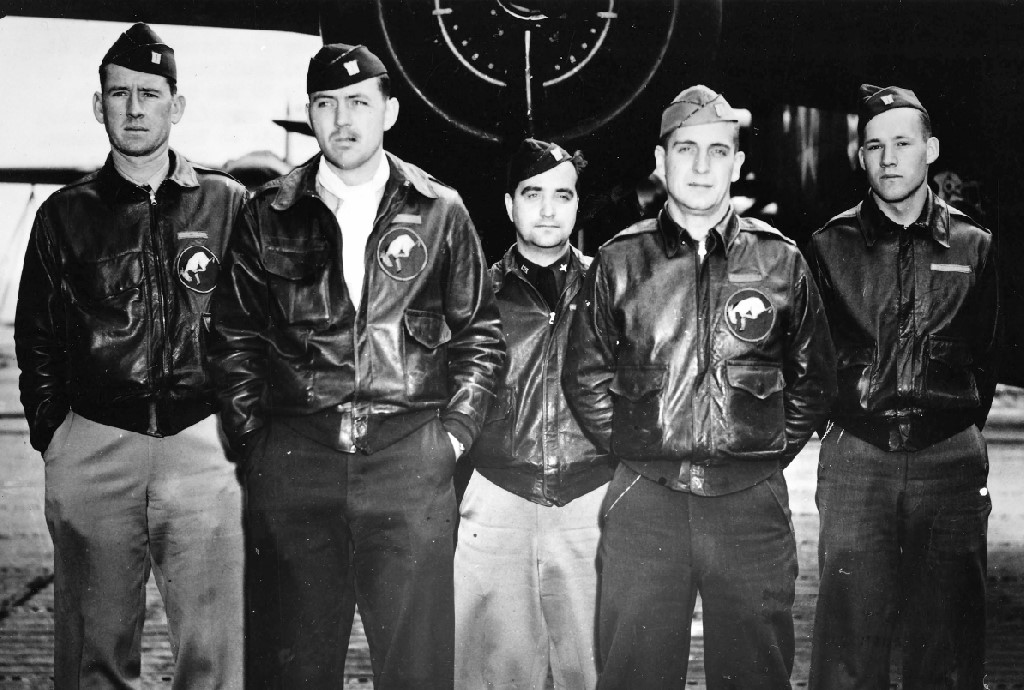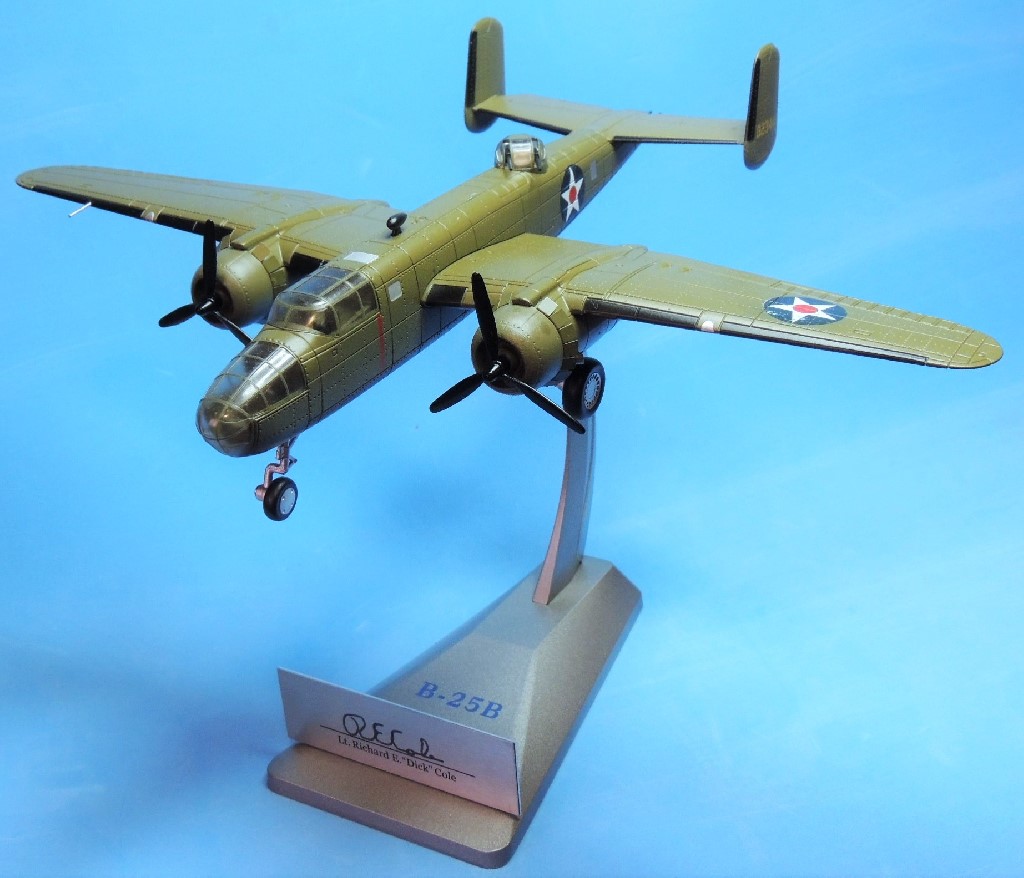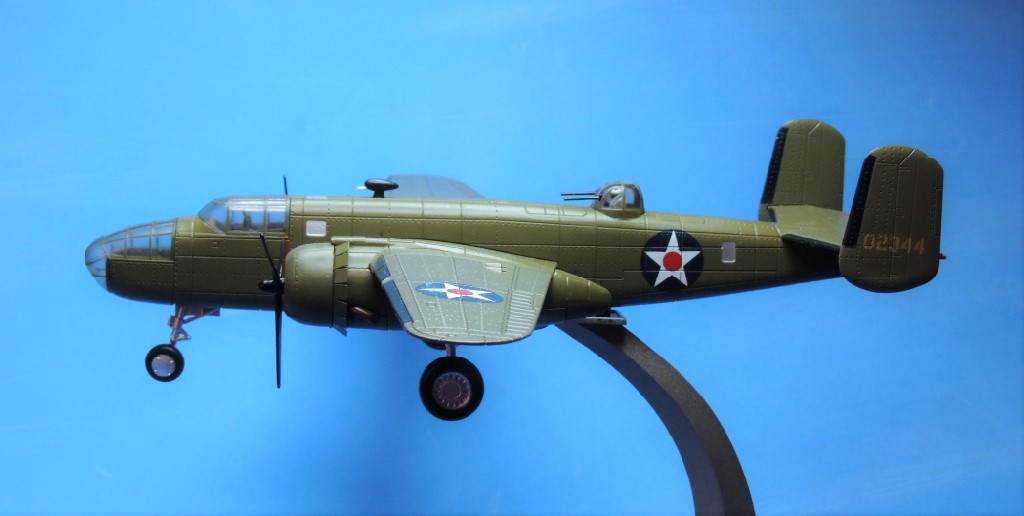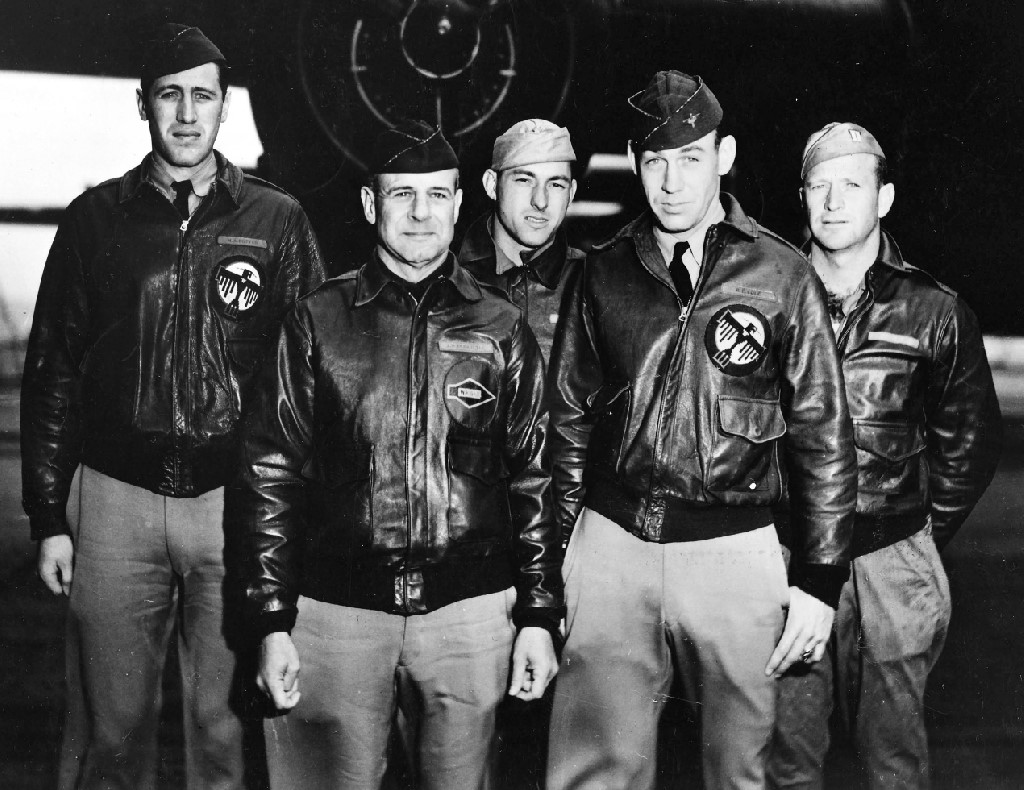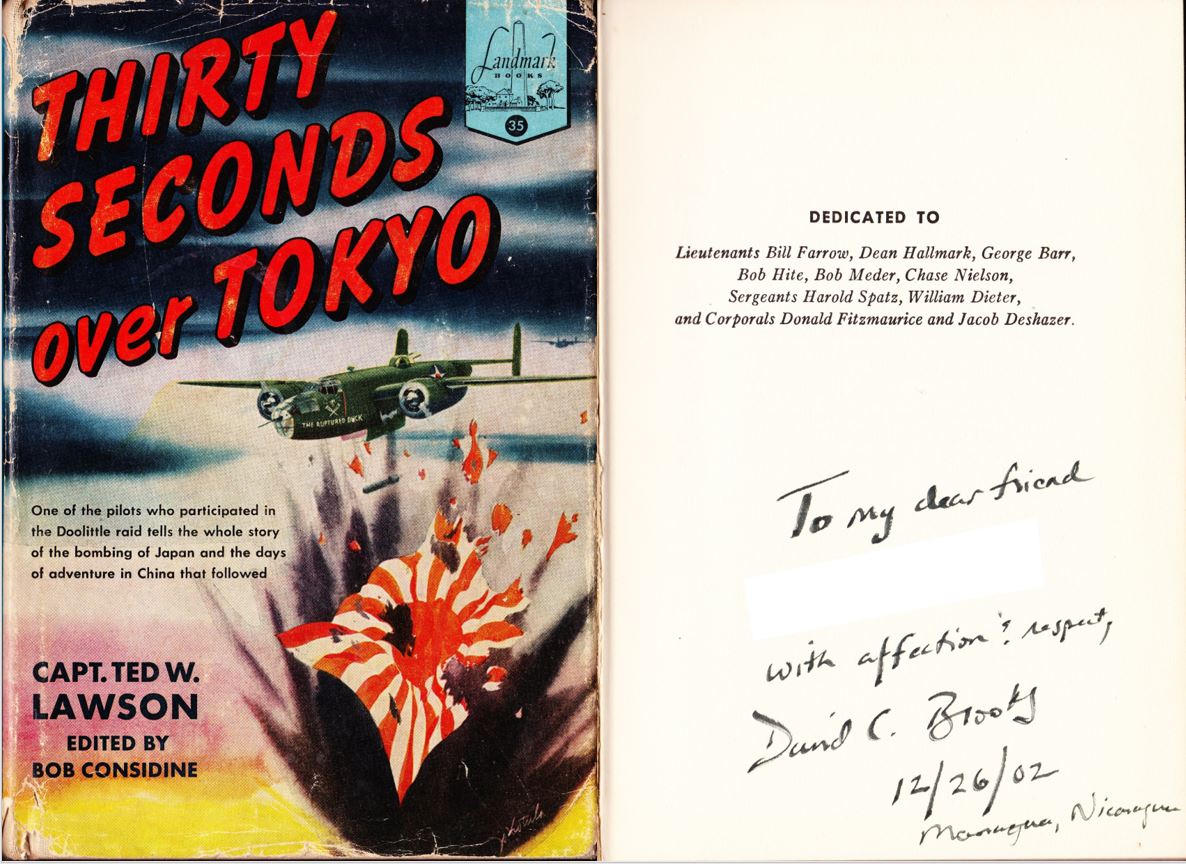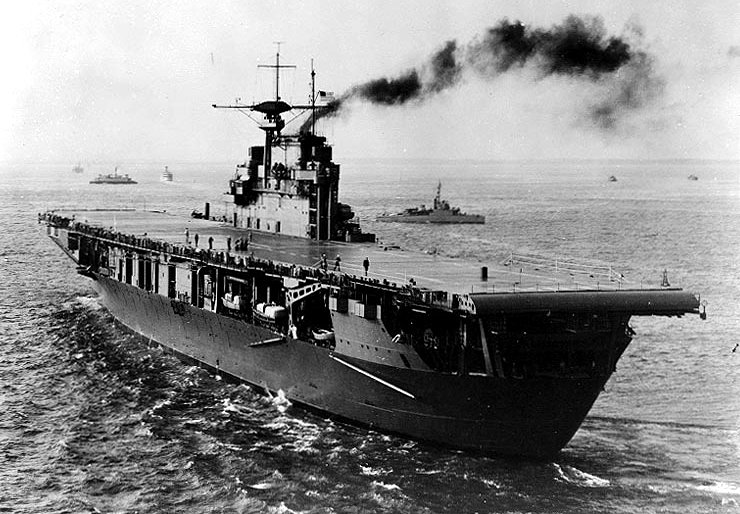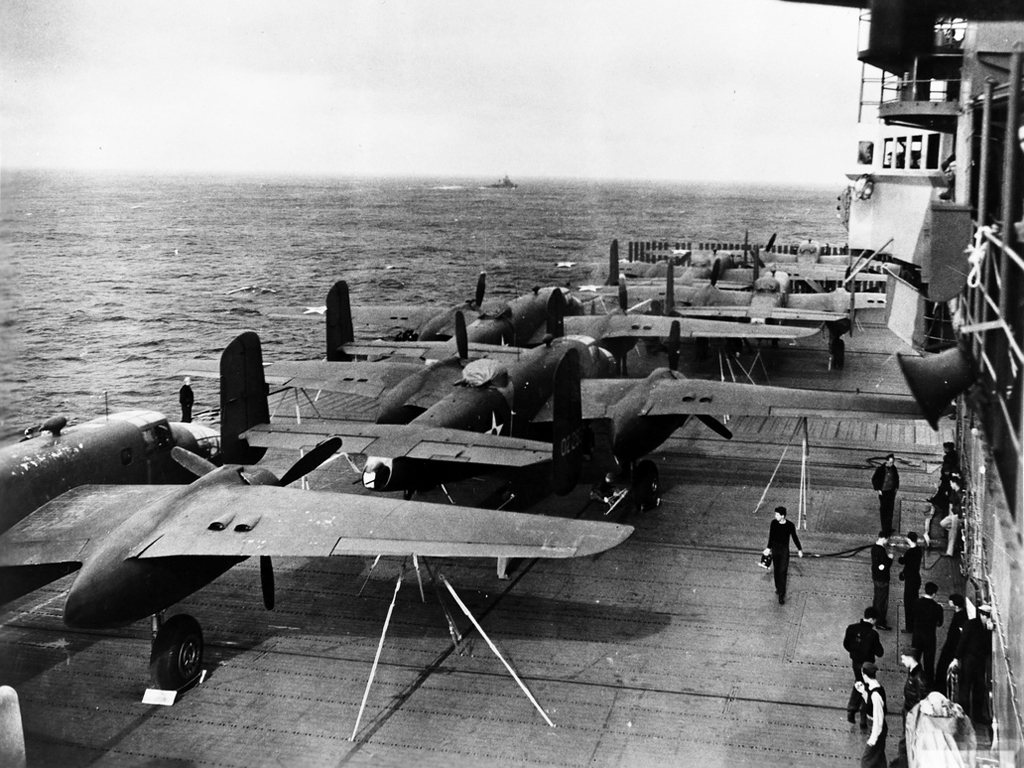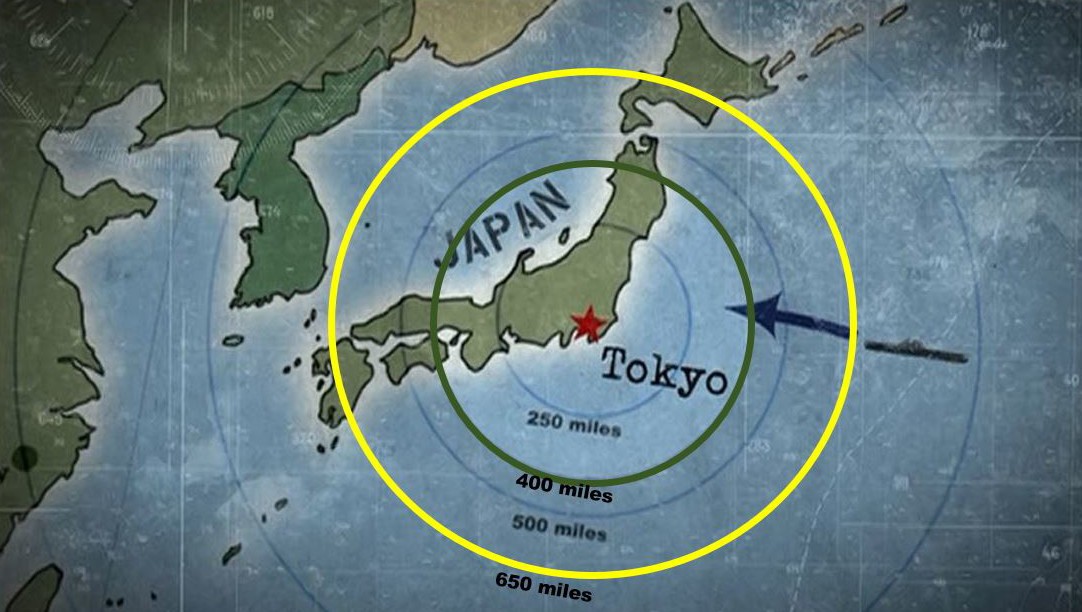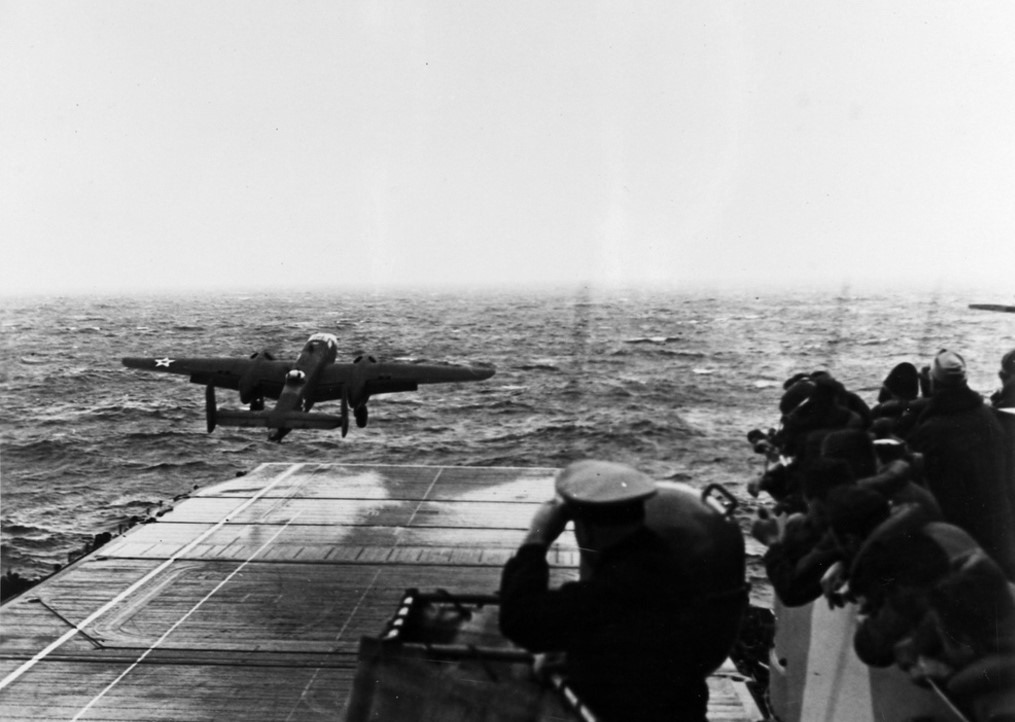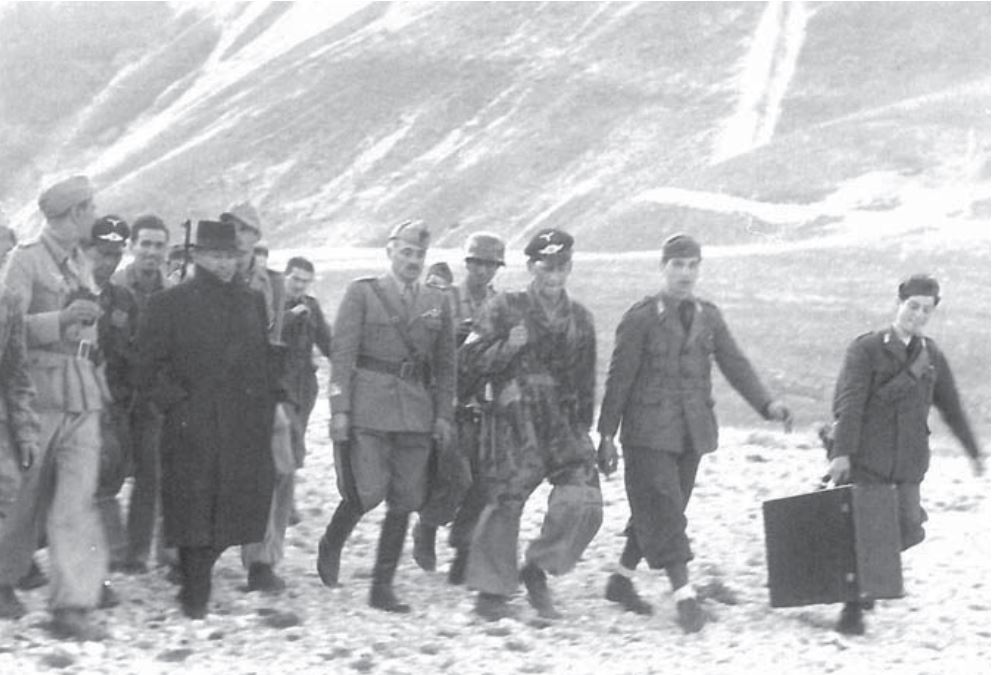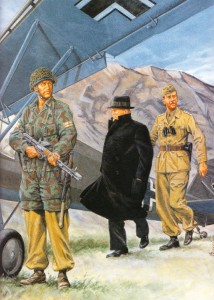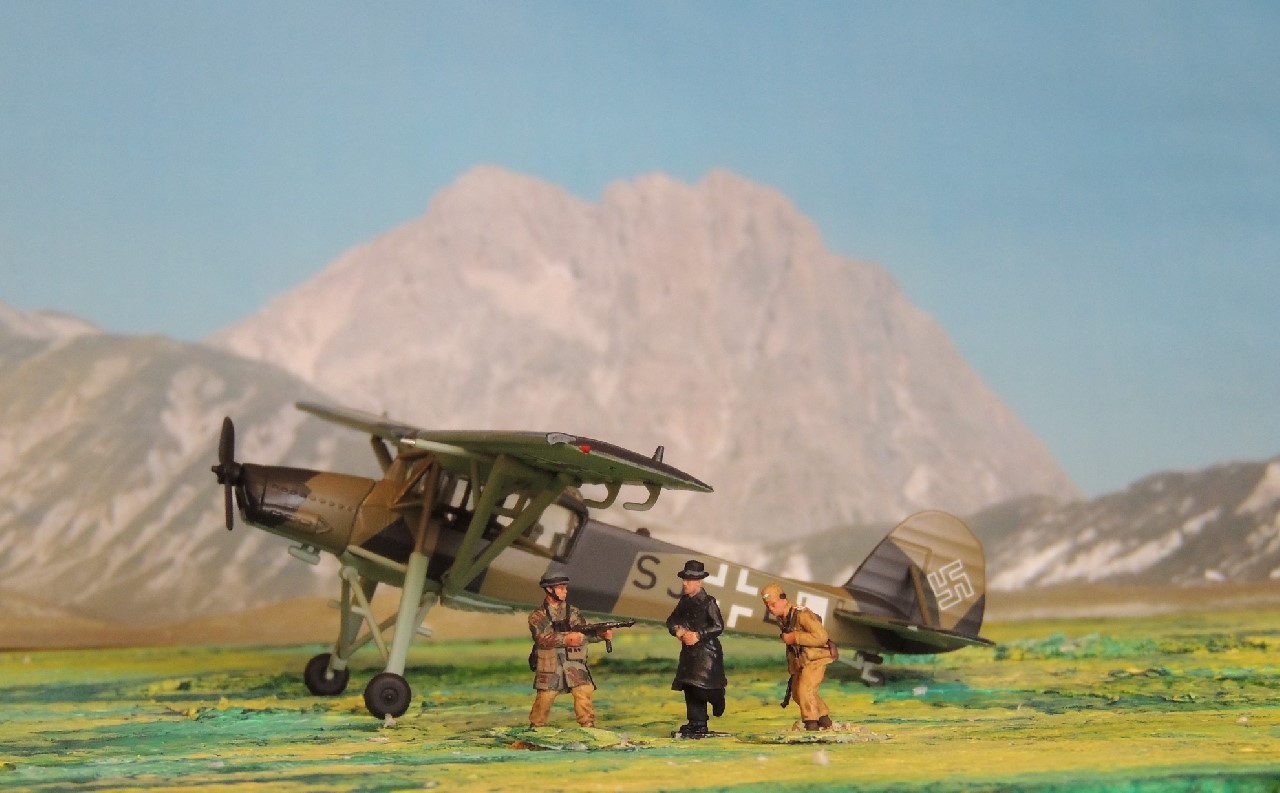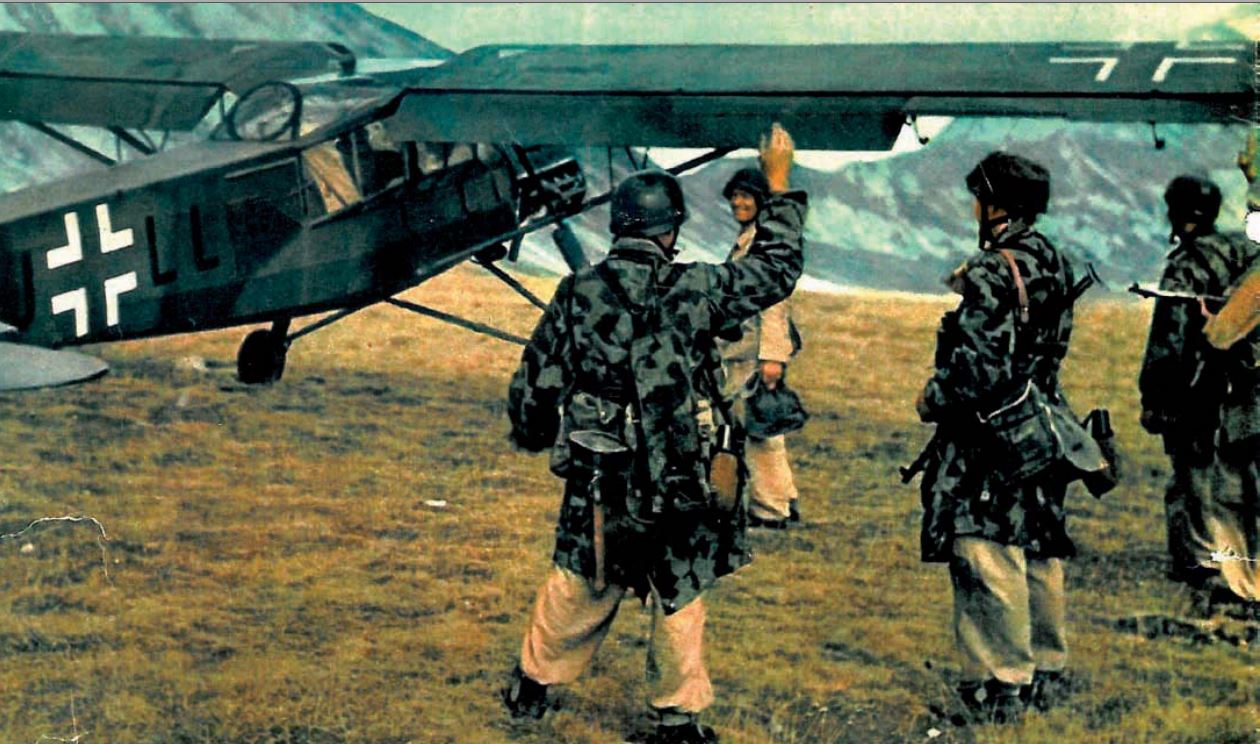This is Part 4 of Shigeru Itaya Leads the Zeros at Pearl Harbor. It is a review of the Witty Wings 72-012-001 1/72 scale model of Itaya’s Zero at Pearl Harbor. For a brief biographical note on Shigeru Itaya and reviews of the Dragon Wings and Forces of Valor models of the same aircraft, please refer to the previous three posts. Relevant information on Itaya’s aircraft from those posts is repeated below to make this review self-contained. The reader may want to skip directly to the review of the Witty Wings model.
Itaya’s A6M2 Zero, Tail No. AI-155
As discussed in Part 1, Itaya led the 43 Zeros from all carriers in the first wave of the attack on Pearl Harbor. In each wave the Zero planes were the first airborne, both because they needed the least runway to take off and in order to protect the slower, less maneuverable torpedo and dive bombers that followed. As the leader of the first wave of Zeros, Itaya was the first Japanese pilot airborne during the attack.
As noted previously, there is precious little information available on Itaya. This dearth of information extends to Itaya’s plane at Pearl Harbor, a Mitsubishi A6M2 Zero, tail no. AI-155. Although there are some references on the internet that Itaya’s Zero’s tail no. may have been something other than AI-155, the books I consulted consistently use that number. To my knowledge, there are no existing photos of the AI-155, though there are enough photos of other planes from the Akagi aircraft carrier to give us a reasonably accurate understanding of its colors and markings.
Below is a color profile from what is probably the most comprehensive source of information on the colors and markings of WWII Japanese aircraft, Eduardo Cea’s eight-volume treatise entitled Japanese Military Aircraft. I scanned this particular profile from Volume 2, The Air Force of the Japanese Imperial Navy: Carrier-Based Aircraft, 1922-1945 (I). While I’m aware that there are a number of errors in the English translation of the Spanish text that are somewhat distracting, the series is beautifully illustrated, incredibly informative, and inarguably comprehensive, and, being fluent in Spanish, I blithely overlooked the errors. 
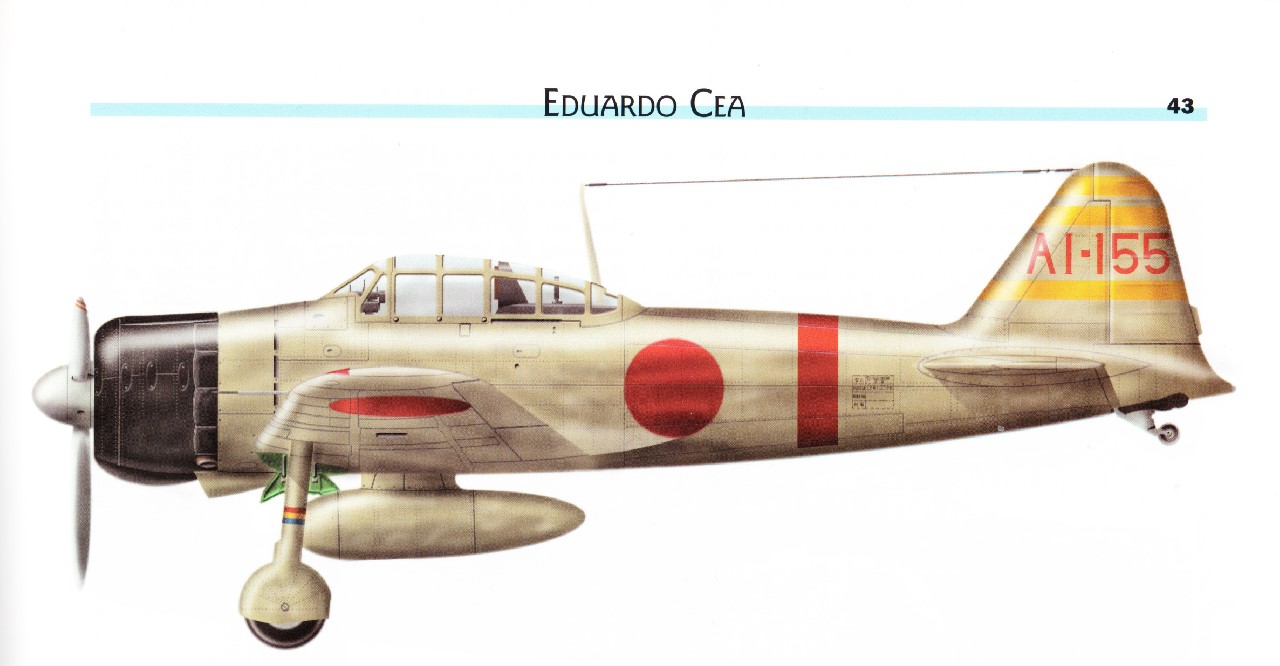 Itaya’s Zero at Pearl Harbor has been released in 1/72 scale by three different manufacturers: Dragon Wings 50017; Forces of Valor 85032; and Witty Wings 72-012-001. This post concerns the Witty Wings model. The Dragon Wings and Forces of Valor models were reviewed in the previous two posts.
Itaya’s Zero at Pearl Harbor has been released in 1/72 scale by three different manufacturers: Dragon Wings 50017; Forces of Valor 85032; and Witty Wings 72-012-001. This post concerns the Witty Wings model. The Dragon Wings and Forces of Valor models were reviewed in the previous two posts.
The Witty Wings 72-012-001 Zero
Below is a portside view of the Witty model. Unlike the Dragon and FOV models, which are caramel and ivory, respectively, the Witty model is a pale gray that tends towards white. The photos below are equivalent to those of the Dragon and FOV model. I took them photos at the same time, alternating the model for each different shot, so as to control for lighting and angle. As is clear from the photos, the pale color of the Witty model does not photograph well or, more accurately, I lacked the skills to photograph the Witty model well.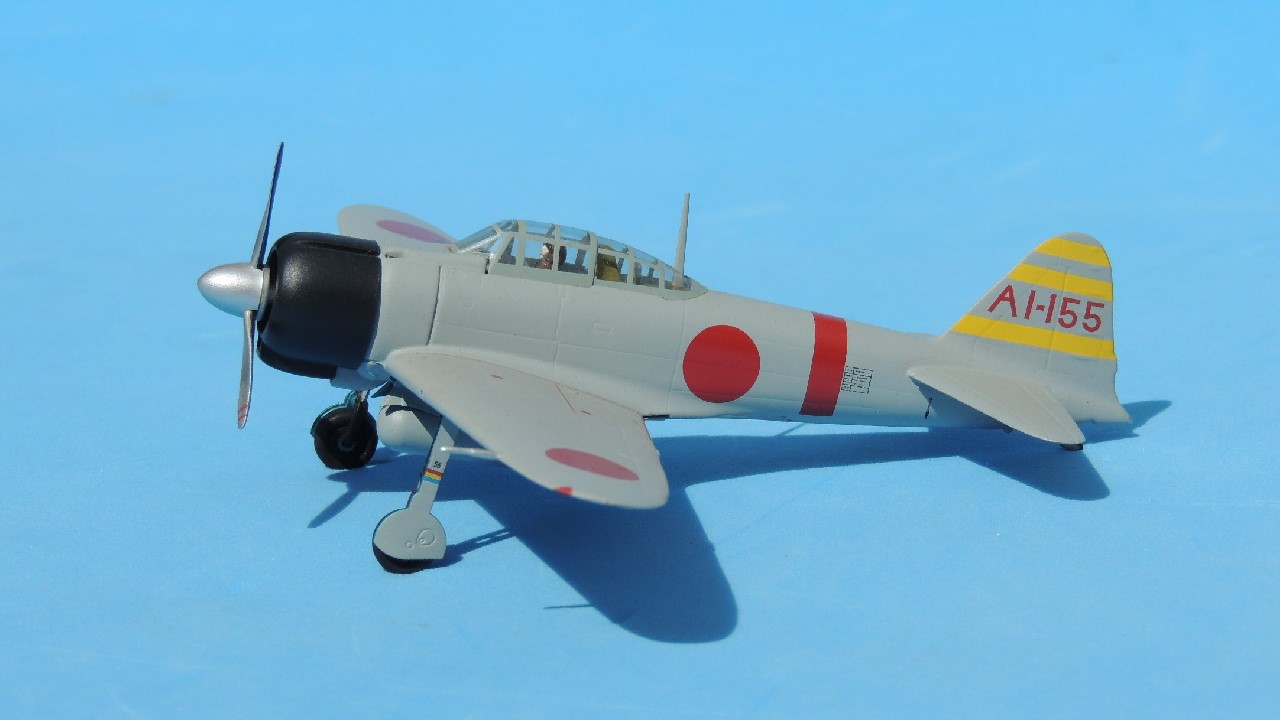 Note that the panel lines are faintly visible. The diminutive width of the lines is a feature of the Witty that pleased many collectors, as they appear to be more to scale than those of other manufacturers. In addition, unlike Dragon, Witty did not apply any type of wash to highlight the lines, making them appear even fainter. It is this combination of smaller size and lack of a wash that gives the impression that the panel lines are close to scale. While I understand the desire for accuracy in scale and respect the point of view, I find the Witty lines too faint. The Dragon panel lines may be too pronounced; the Witty lines, however, are not pronounced enough. Still, I suspect a very light inking of the Witty lines would result in Goldilocks panel lines.
Note that the panel lines are faintly visible. The diminutive width of the lines is a feature of the Witty that pleased many collectors, as they appear to be more to scale than those of other manufacturers. In addition, unlike Dragon, Witty did not apply any type of wash to highlight the lines, making them appear even fainter. It is this combination of smaller size and lack of a wash that gives the impression that the panel lines are close to scale. While I understand the desire for accuracy in scale and respect the point of view, I find the Witty lines too faint. The Dragon panel lines may be too pronounced; the Witty lines, however, are not pronounced enough. Still, I suspect a very light inking of the Witty lines would result in Goldilocks panel lines.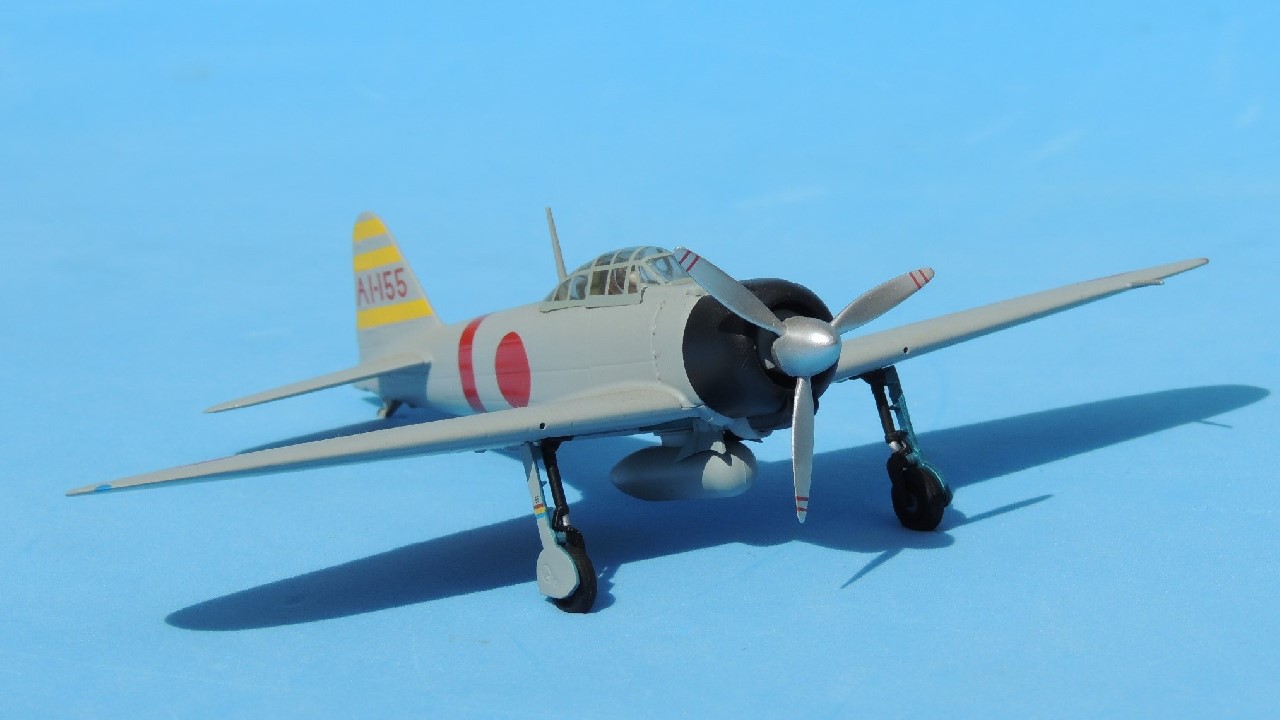 The photo below provides an excellent view of the tail number “AI-155.” As mentioned in the Dragon and FOV reviews, the “AI” code was the designation for the Akagi aircraft carrier. In the three-digit number after “AI”, the first digit (“1”) indicates that it is a fighter plane. The last two digits (“55”) are simply the aircraft number within the unit. The tail numbers on Japanese carrier aircraft were usually red.
The photo below provides an excellent view of the tail number “AI-155.” As mentioned in the Dragon and FOV reviews, the “AI” code was the designation for the Akagi aircraft carrier. In the three-digit number after “AI”, the first digit (“1”) indicates that it is a fighter plane. The last two digits (“55”) are simply the aircraft number within the unit. The tail numbers on Japanese carrier aircraft were usually red.
Note also the three horizontal yellow stripes on the tail that indicated command: three stripes for the group leader; two stripes for a squadron leader (9 aircraft); and one stripe for a flight leader (3 aircraft). Note also the “no step” rectangular area outlined in red at the rear of each wing next to the wing root.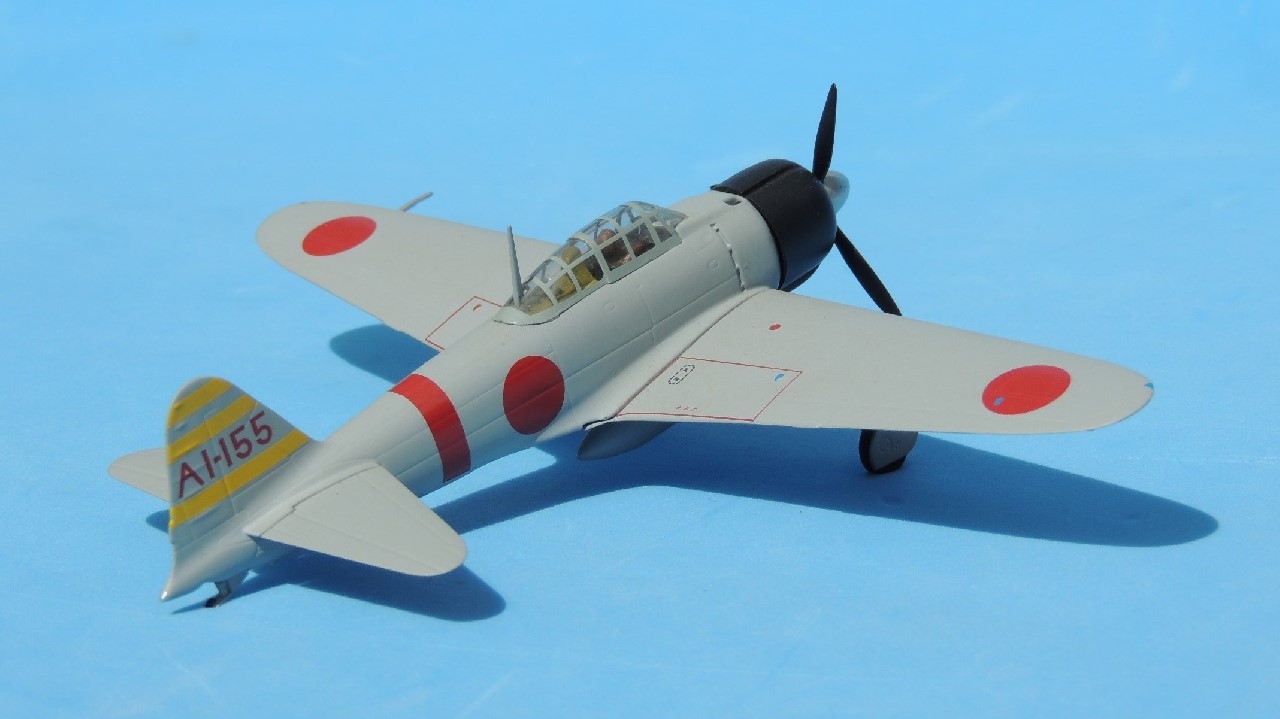 The photo below provides an excellent view of the Hinomaru, which was carried on both sides of the fuselage aft of the wing and on both the upper surface and underside of each wing — six “circles of the sun” in total. The vertical red stripe on the fuselage is the identification mark for the aircraft carrier Akagi.
The photo below provides an excellent view of the Hinomaru, which was carried on both sides of the fuselage aft of the wing and on both the upper surface and underside of each wing — six “circles of the sun” in total. The vertical red stripe on the fuselage is the identification mark for the aircraft carrier Akagi.
Note also the manufacturing plate stenciled just aft of the red stripe. The inset shows that the plate bears the number 1575, meaning it was the 1,575th Zero built. The “2-2-9” means it was built in the Japanese year 2602, second month, ninth day = February 9, 1942. (Yes, two months after Pearl Harbor. 
 Below is a shot of the starboard side. Note the absence of the manufacturing plate, which was only stenciled on the port side.
Below is a shot of the starboard side. Note the absence of the manufacturing plate, which was only stenciled on the port side.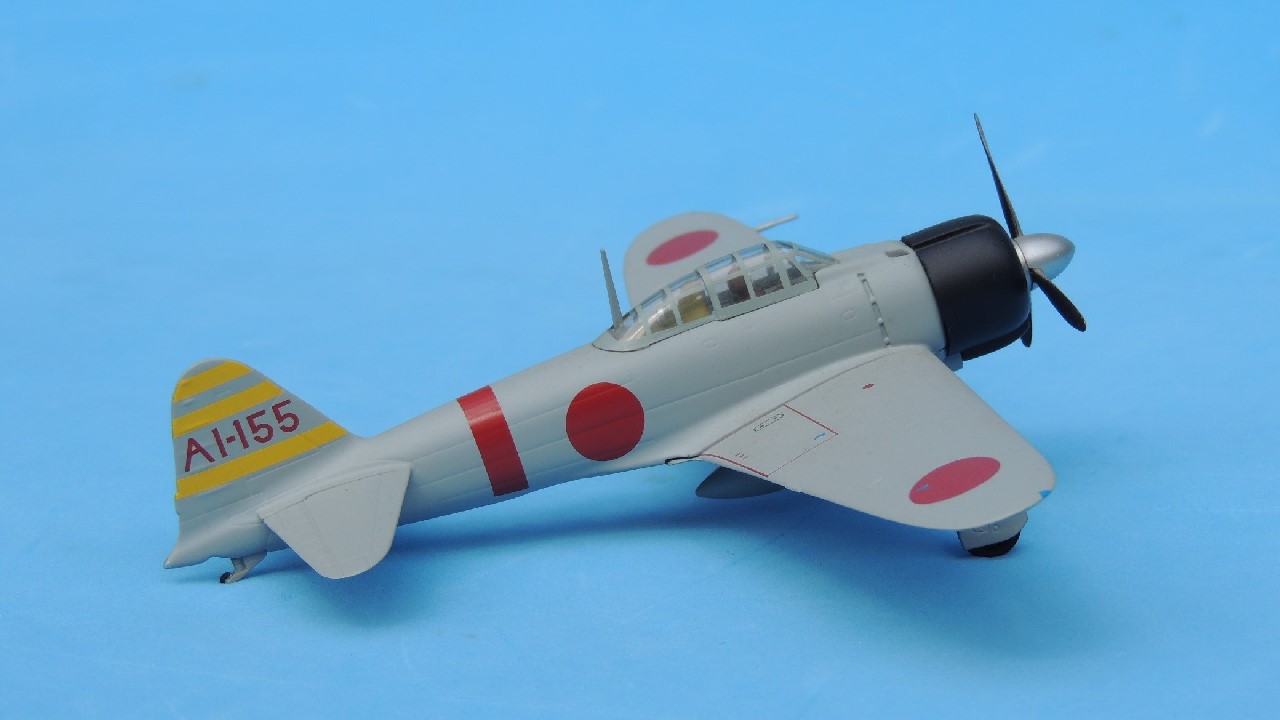 In the photo below, note the polished natural metal propeller. Note also the two red warning stripes on the tips of the blades that created two neat red circles when the propeller was spinning. As is the case with the vast majority of 1/72 scale prebuilt models, the propeller spins freely.
In the photo below, note the polished natural metal propeller. Note also the two red warning stripes on the tips of the blades that created two neat red circles when the propeller was spinning. As is the case with the vast majority of 1/72 scale prebuilt models, the propeller spins freely.
Note the outlets for the 20mm cannons on the leading edges of the wings just above the landing struts. Also on the leading edge of the portside wing, note the pitot tube (shadow on floor), which cannot be taken for granted. The Corgi Zeros, for example, do not have one.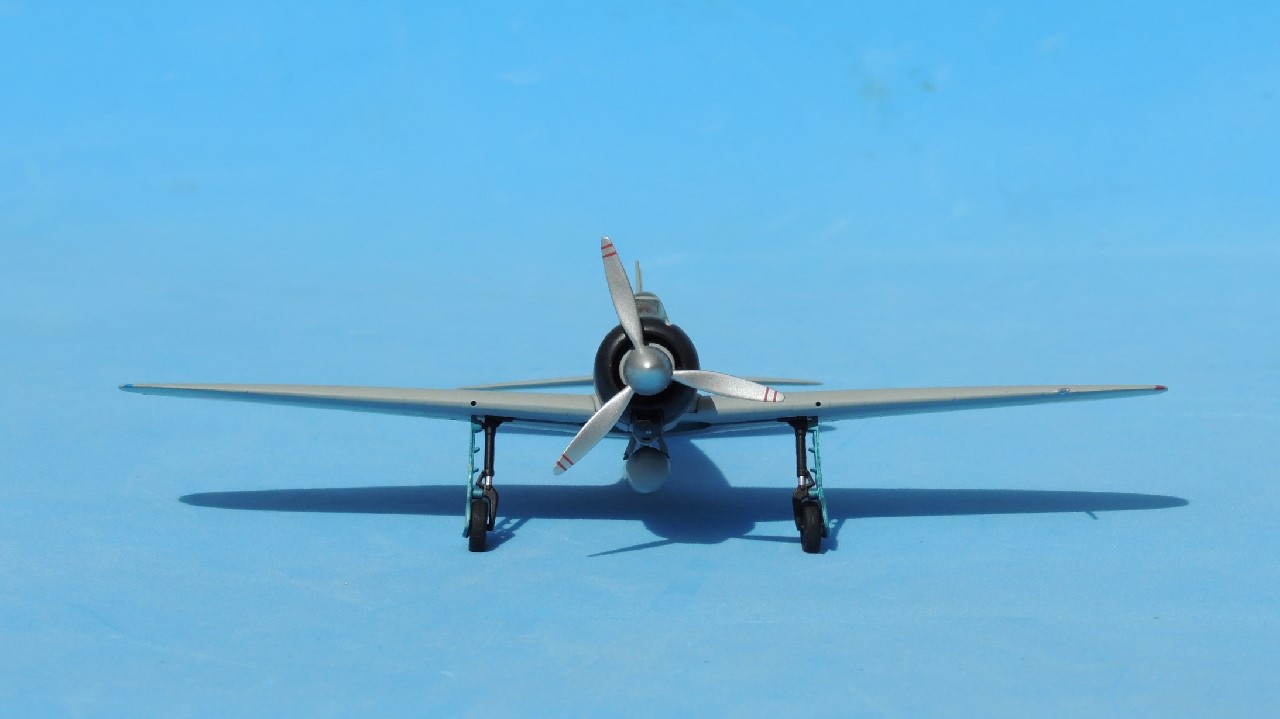 As with the Dragon and FOV models, the photo below shows that the landing strut covers on the Witty also have the “55” that matches the last two digits of the tail number. Note that unlike Dragon and FOV, Witty omitted the oval-shaped fasteners on the cowling. Note also the metal drop tank that gave the Zero an extra 73 imperial gallons of fuel (87 US gallons), significantly increasing its range. Later drop tanks were made of wood and had a slightly different shape. Note also that, like FOV, Witty included a pilot.
As with the Dragon and FOV models, the photo below shows that the landing strut covers on the Witty also have the “55” that matches the last two digits of the tail number. Note that unlike Dragon and FOV, Witty omitted the oval-shaped fasteners on the cowling. Note also the metal drop tank that gave the Zero an extra 73 imperial gallons of fuel (87 US gallons), significantly increasing its range. Later drop tanks were made of wood and had a slightly different shape. Note also that, like FOV, Witty included a pilot.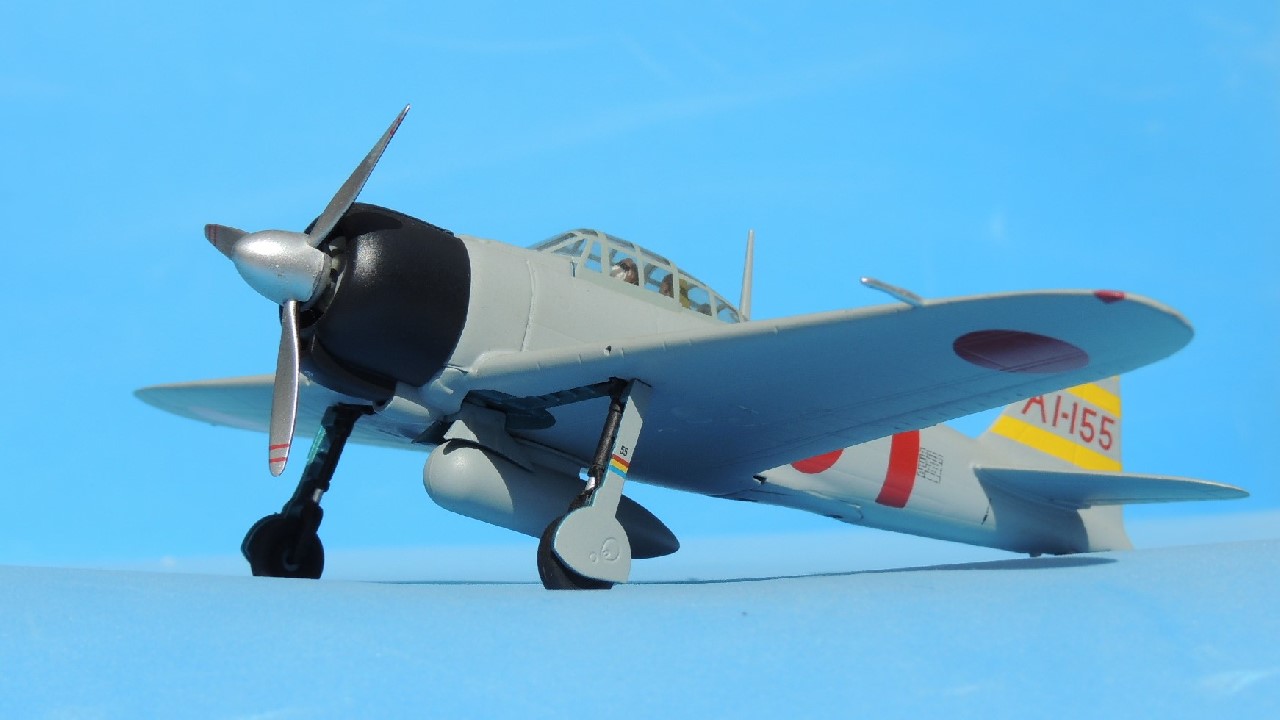
The Rub
Well, no, not really a rub — more of a quibble. As previously mentioned, Witty inexplicably omitted the oval-shaped fasteners on the cowling, resulting in a generic-looking cowling. I initially assumed that Witty intentionally omitted the fasteners in order to use the same cowling on its three different Zero models (A6M2, A6M3, and A6M5). However, upon taking a closer look, I realized that the cowling was indeed that for an A6M2 — sans fasteners.
The photo triptych below of three different Witty Zero models demonstrates that Witty crafted a different cowling for each of their three models. The cowling on the A6M2 is wider and shorter than that on the A6M3, reflecting the different engines used on each, and has a scoop that runs the length of the cowling. The A6M2 cowling also lacks the individual exhaust pipes that protrude from the cowling flaps on the A6M5. 
The lagniappe photo below shows that while Witty neglected the fasteners, it offset the lapse somewhat by including the aircraft number “55” on the underside of the cowling as was done on the strut covers — a trivial detail perhaps, but pleasing nonetheless. While other manufacturers included the number on the landing strut covers, Witty alone included the number on the cowling.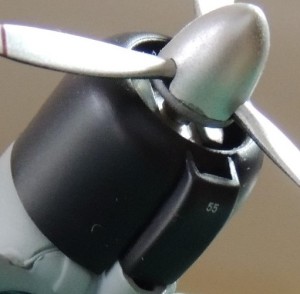
The Upshot
The Witty 72-012-001 Mitsubishi A6M2 Zero is a beautiful model that closely resembles the original. The excellent casting shows no perceptible problems in its proportions. The panel lines, though faint, are the closest to scale. The cowling, propeller, and undercarriage are all well executed, with no apparent issues other than the missing cowling fasteners. The markings are accurate and crisp and the aircraft number on the underside of the cowling is a neat detail. All Witty Zeros come in wheels down version only, which, although not ideal, still gives the collector the option to display the models on their stands or use them without the stands in dioramas. Matchbox, for example, made its Zeros in wheels up mode only, making it nearly impossible to use in dioramas. While Witty included no features such as a sliding canopy like Dragon or a removable cowling like FOV, their absence does not detract from the model. In short, the Witty A6M2 Zero is a terrific little model — a proud replica of the real thing — and even a cursory review of model aircraft forums reveals that it is a favorite among Zero collectors.
Again, thank you for your indulgence and I hope you enjoyed the post. If something looks amiss, please let me know. I would be delighted to correct inaccurate information so that this may be useful for other 1/72 scale collectors and wargamers. As always, comments, questions, corrections, and observations are welcome. Stay tuned for a simple diorama of Itaya’s aircraft preparing to take off from the Akagi aircraft carrier at Pearl Harbor in the next post.

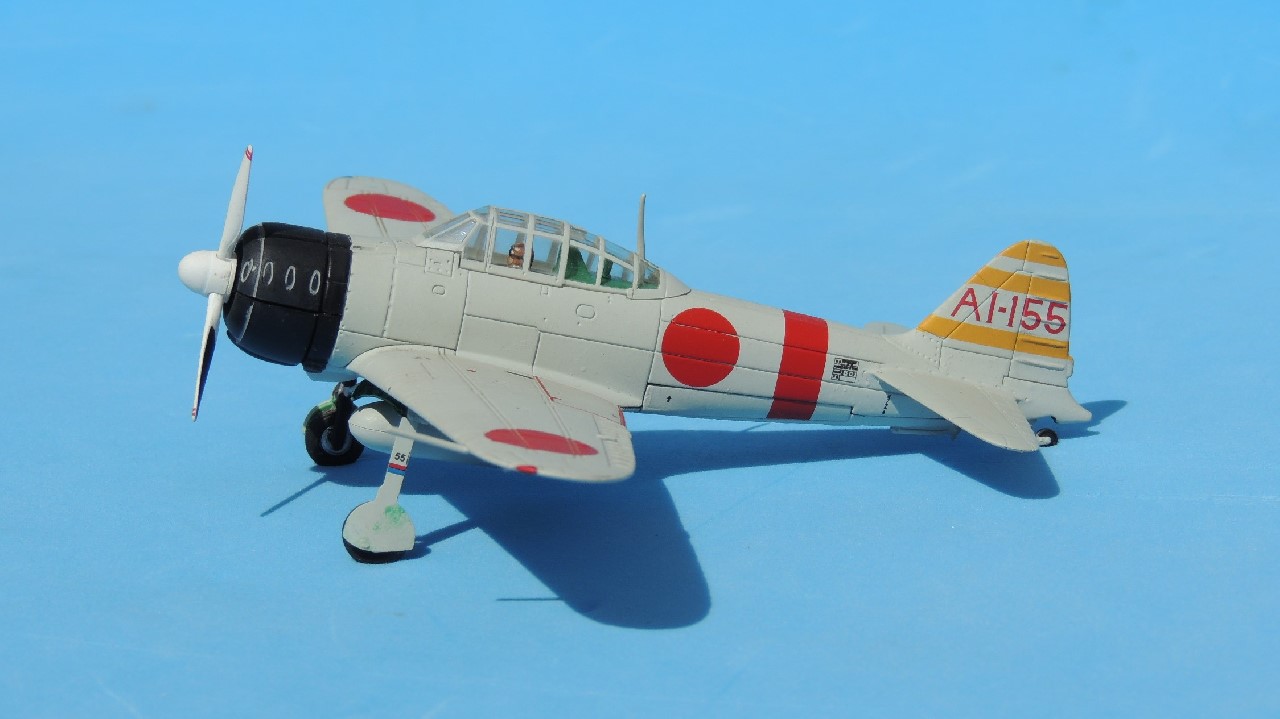
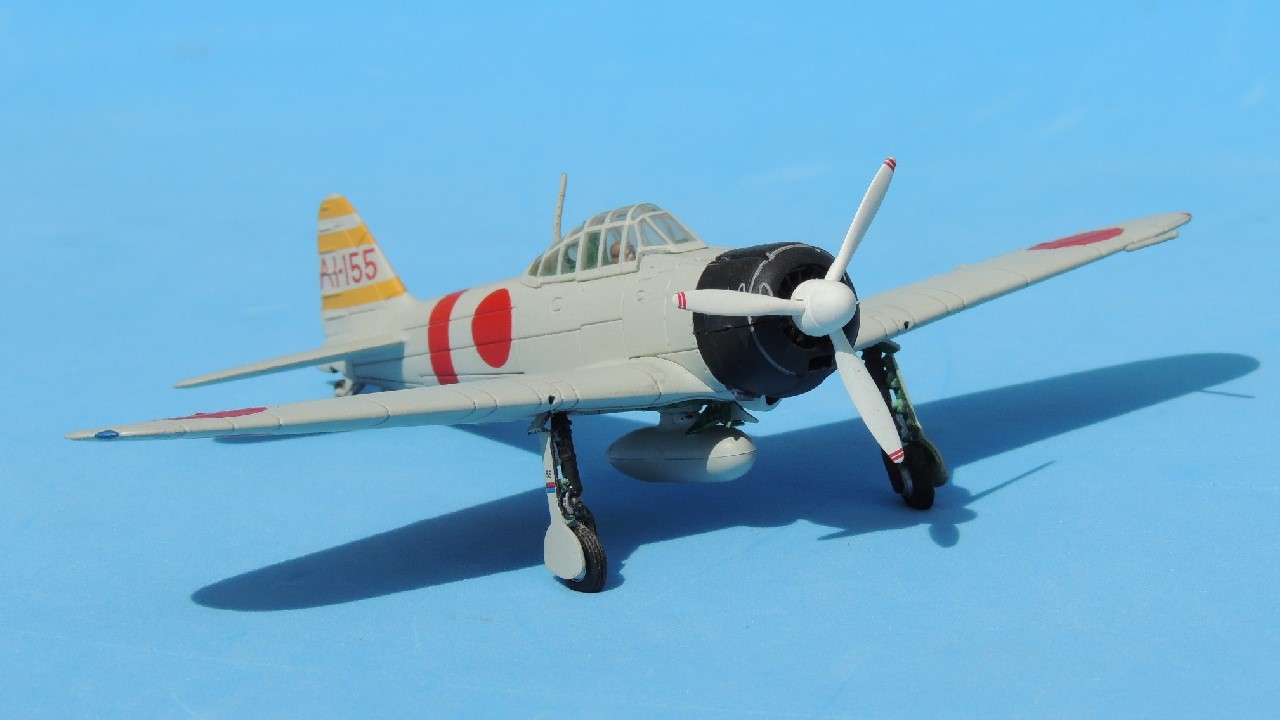
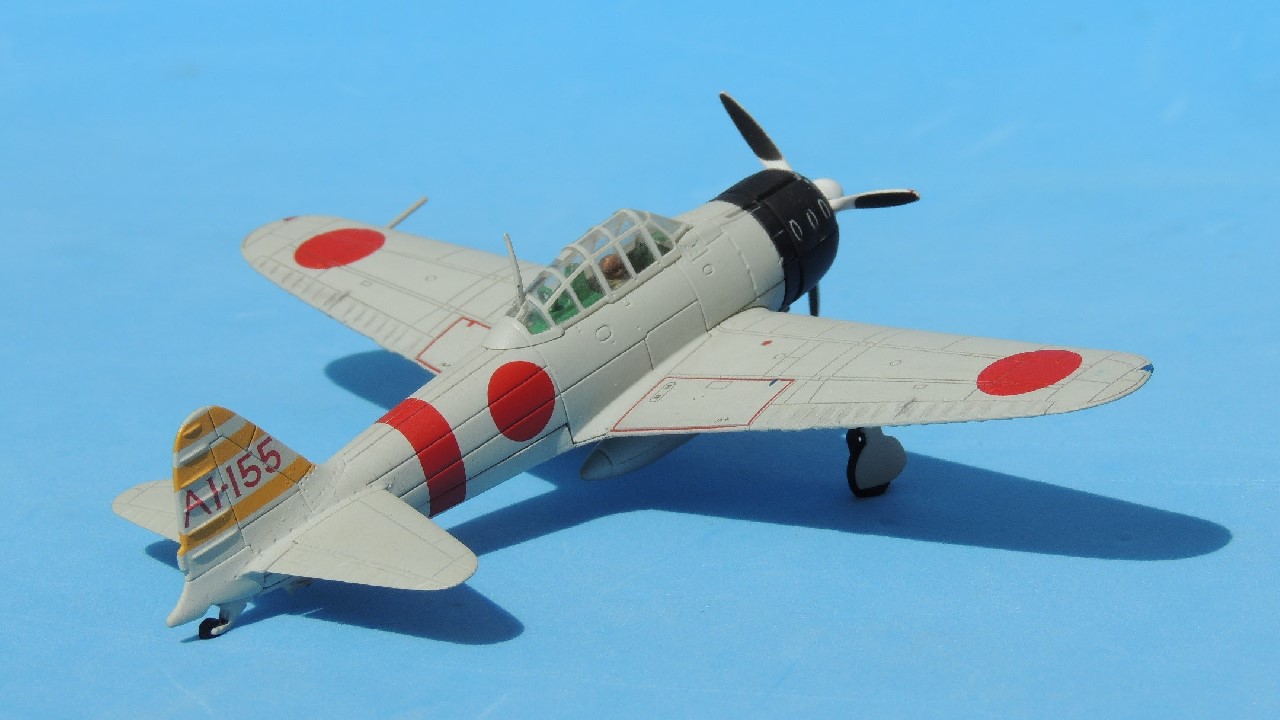
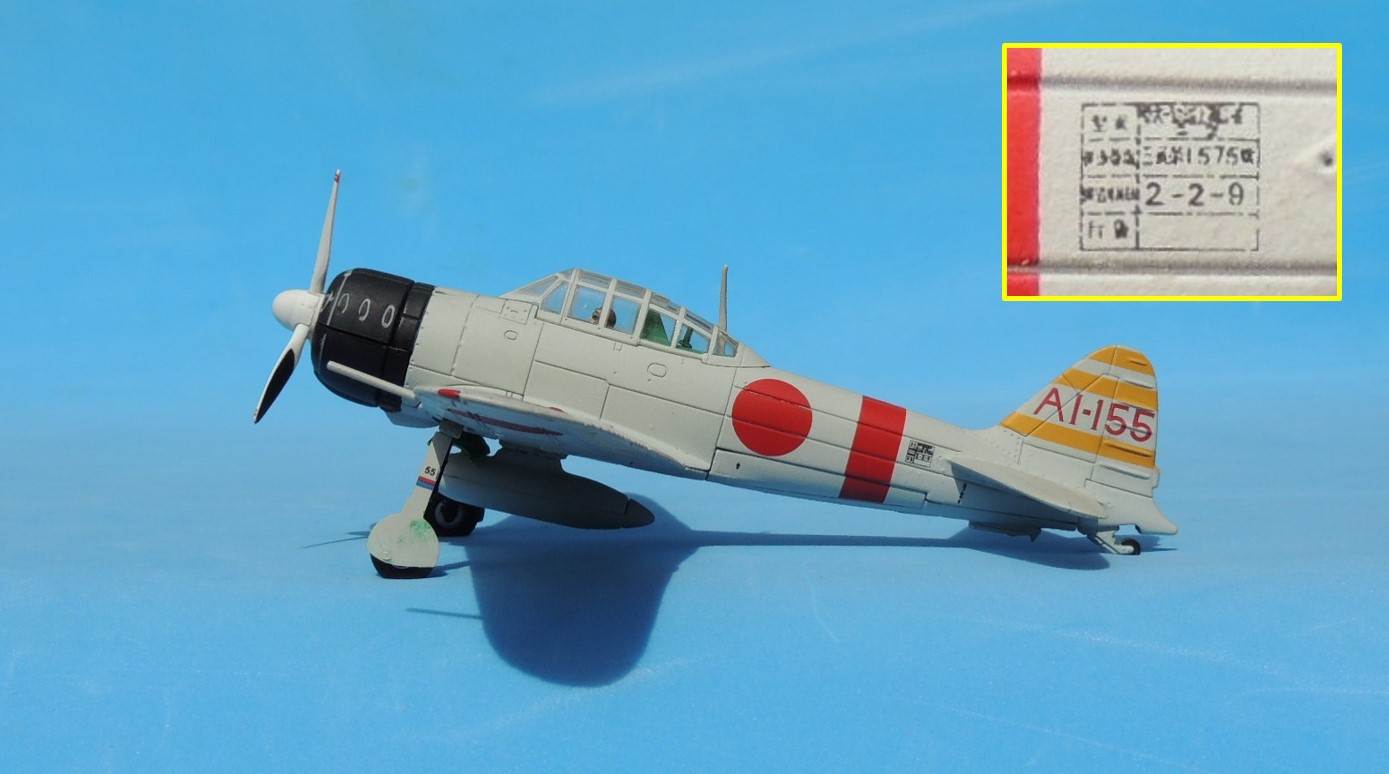
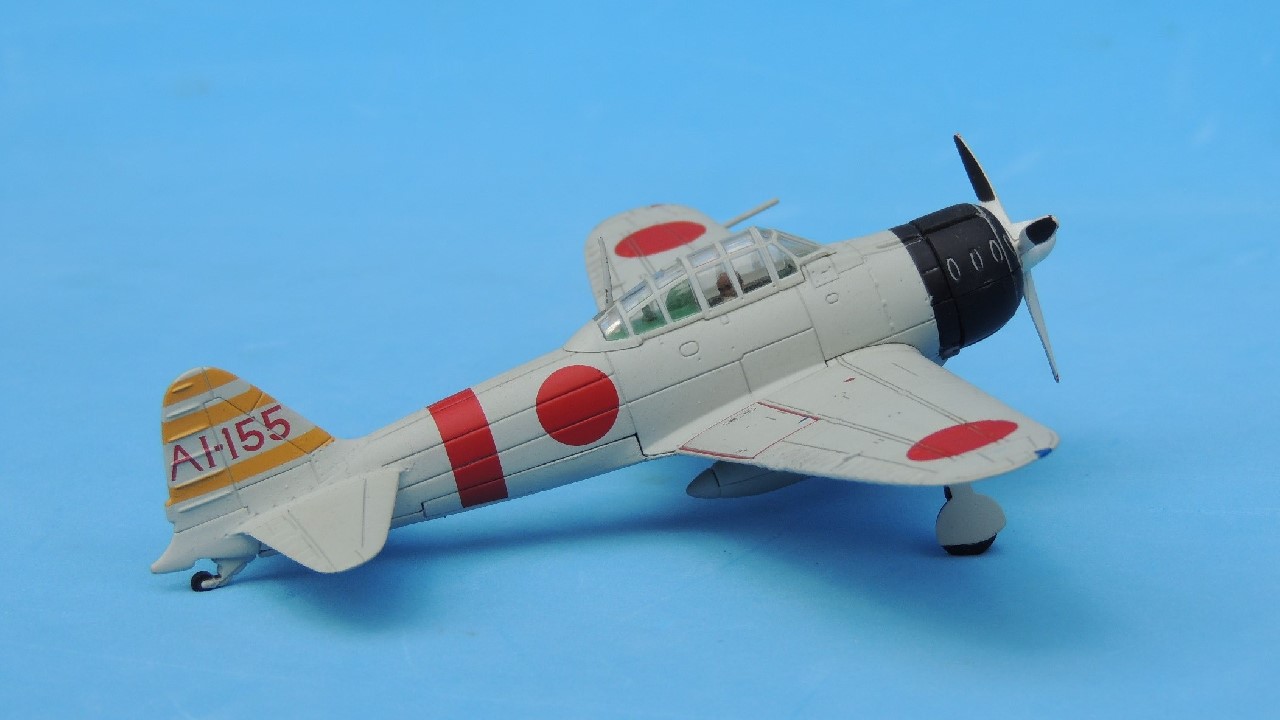

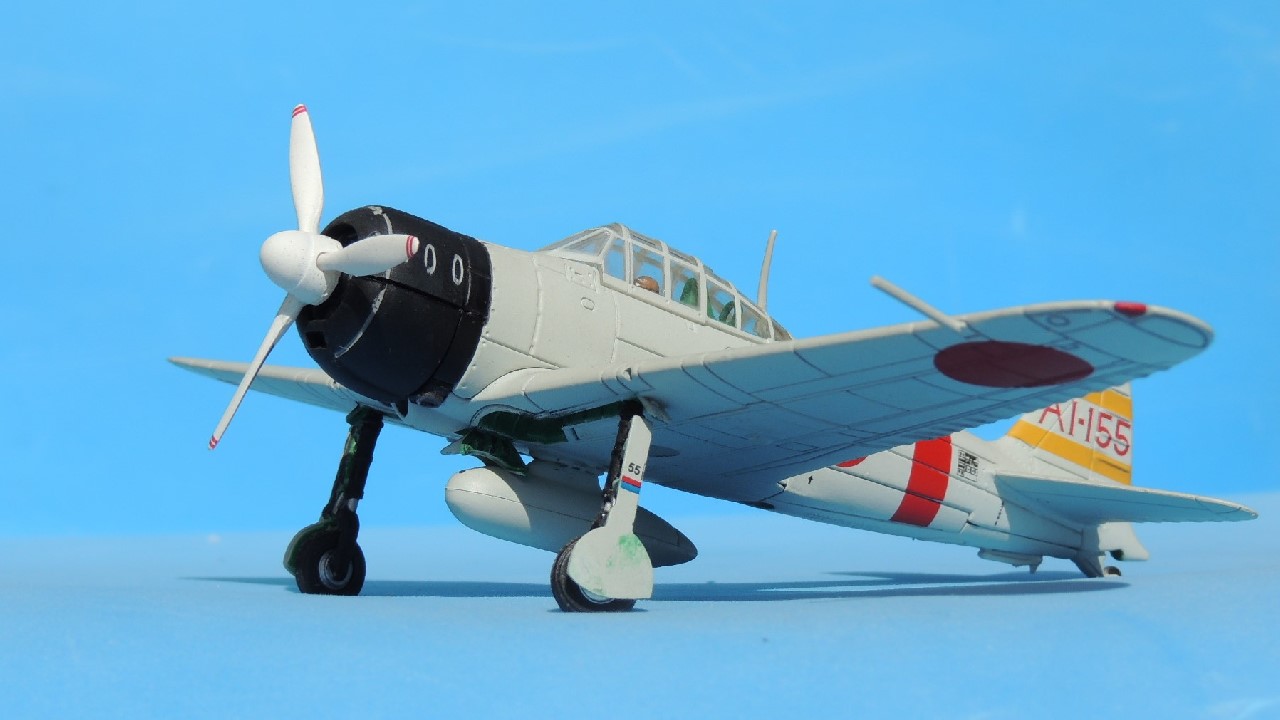
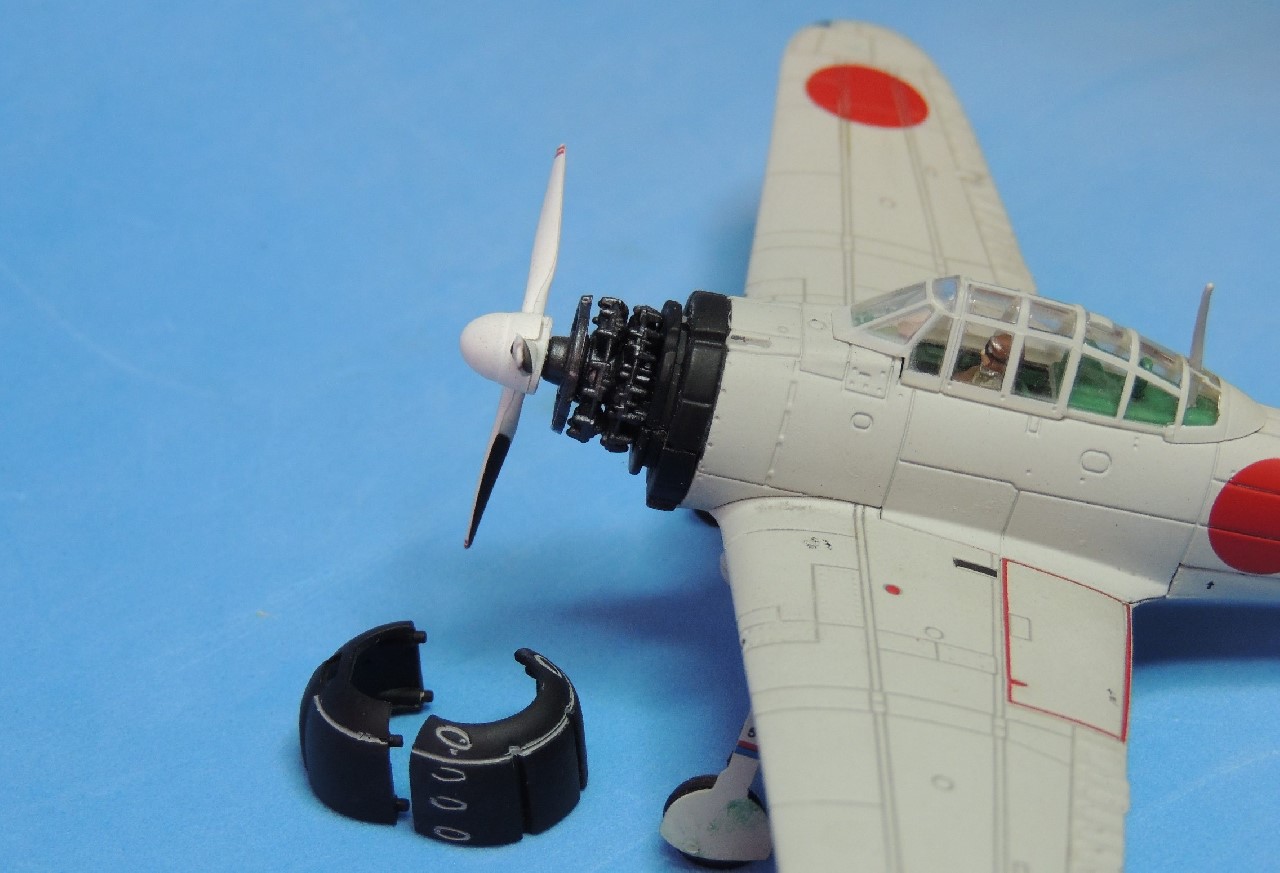
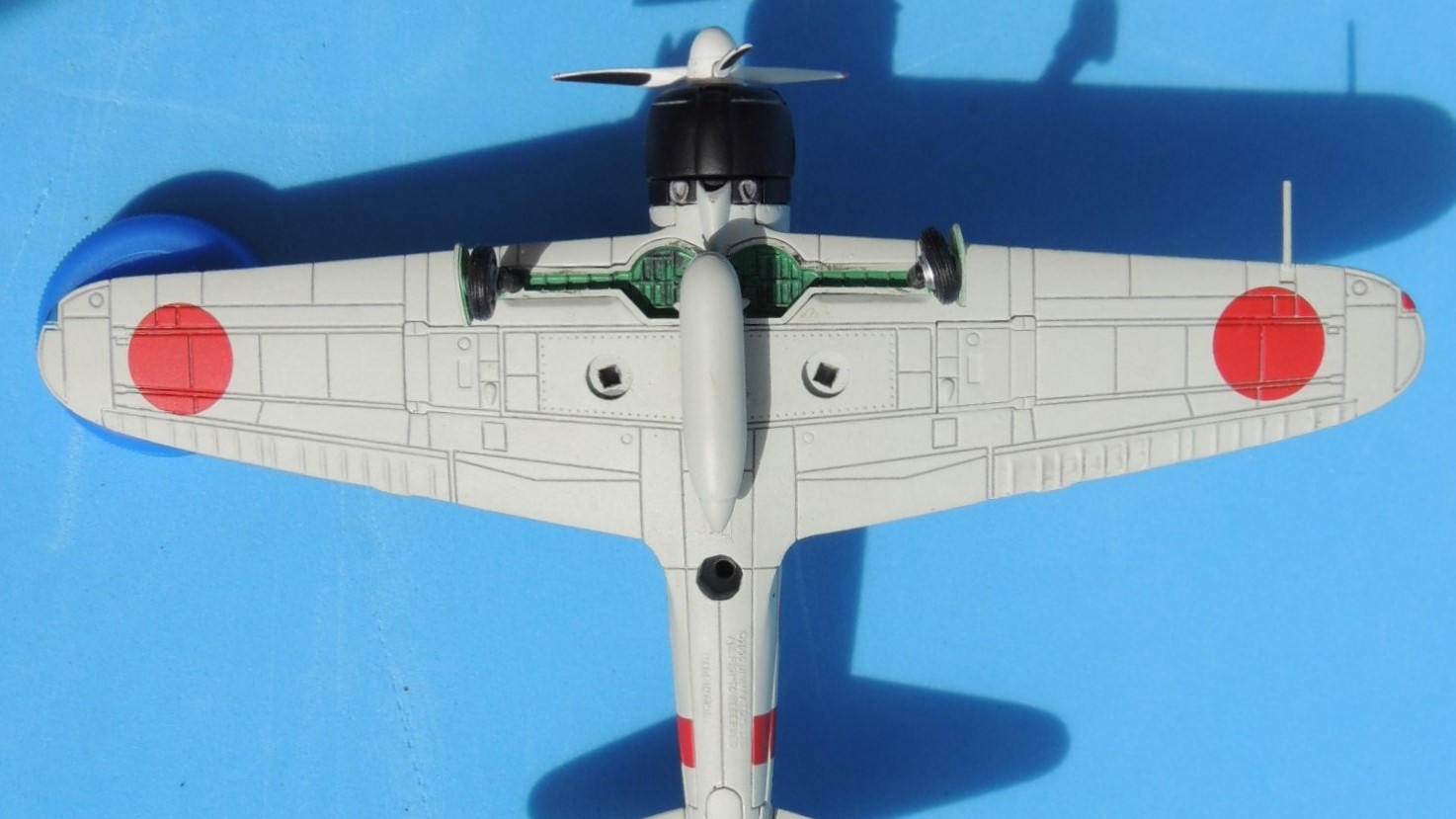
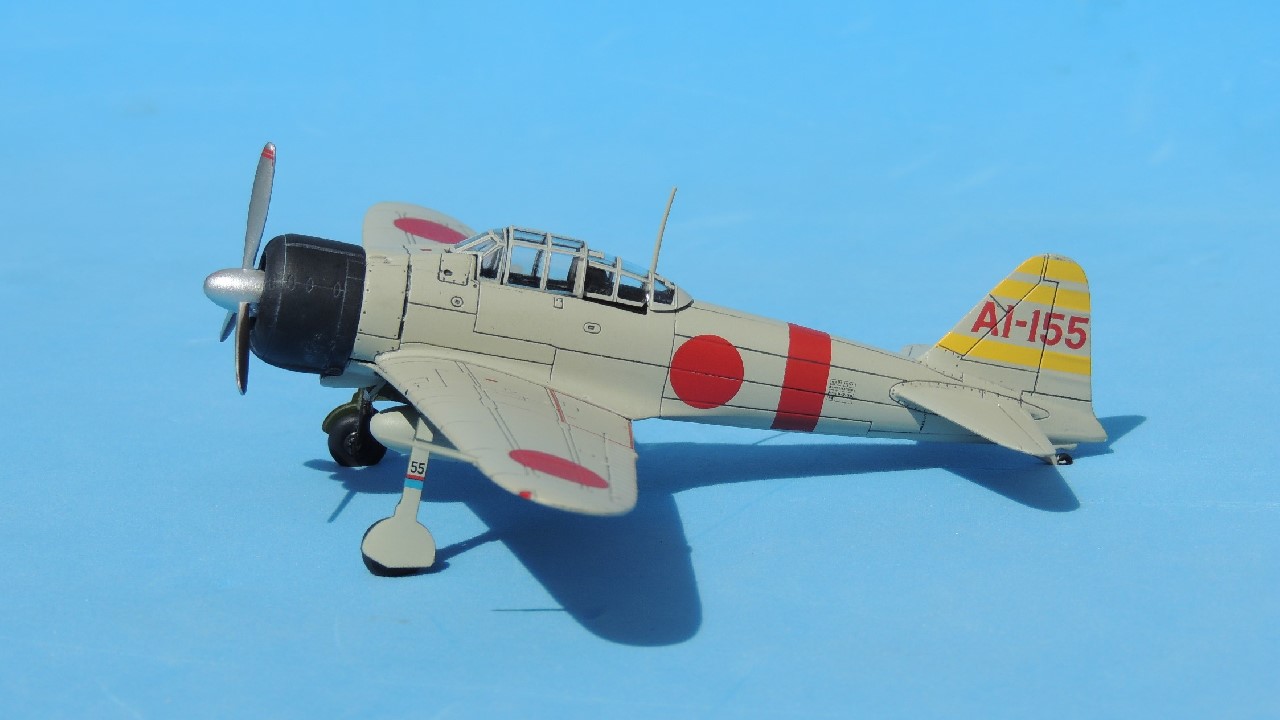

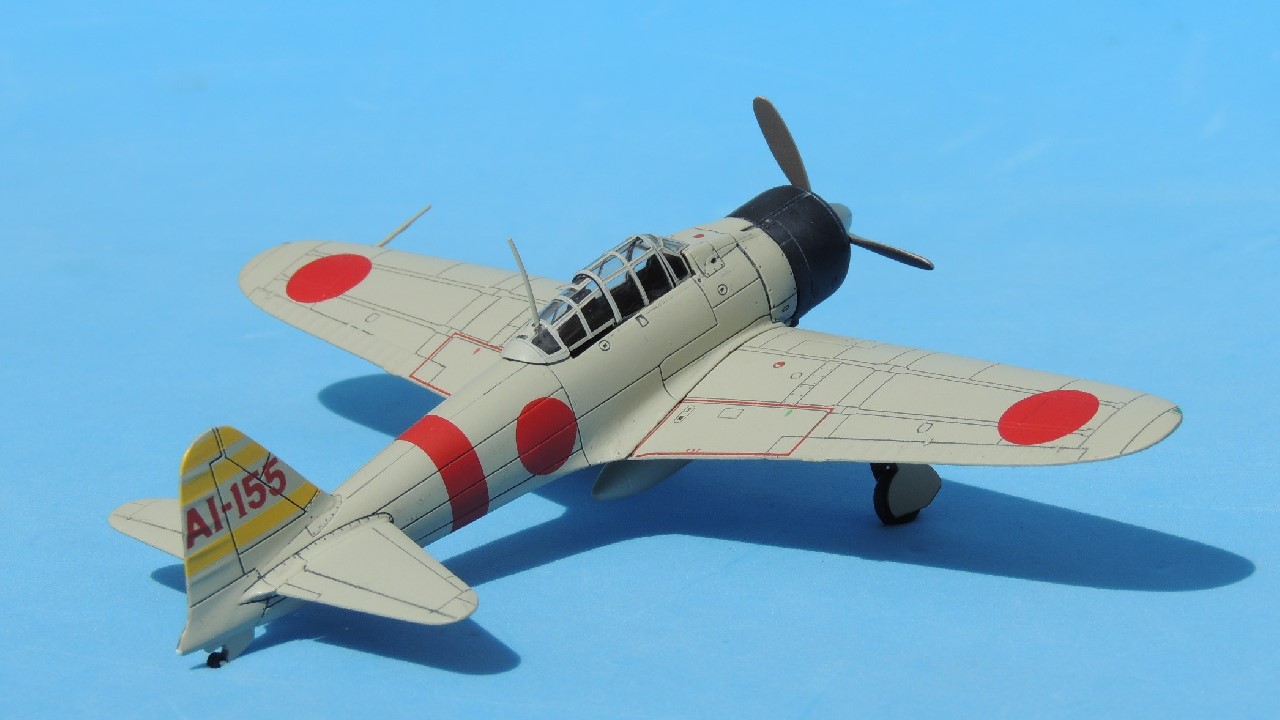
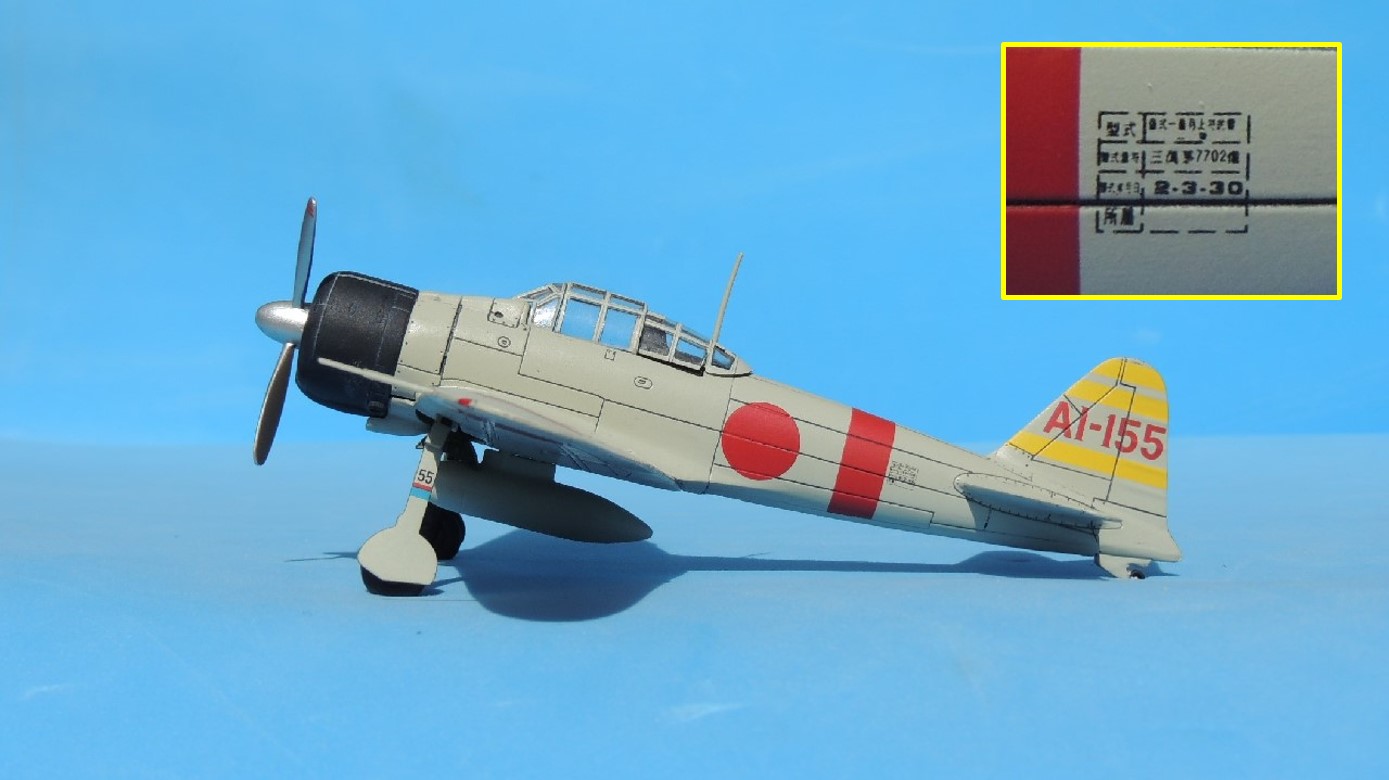
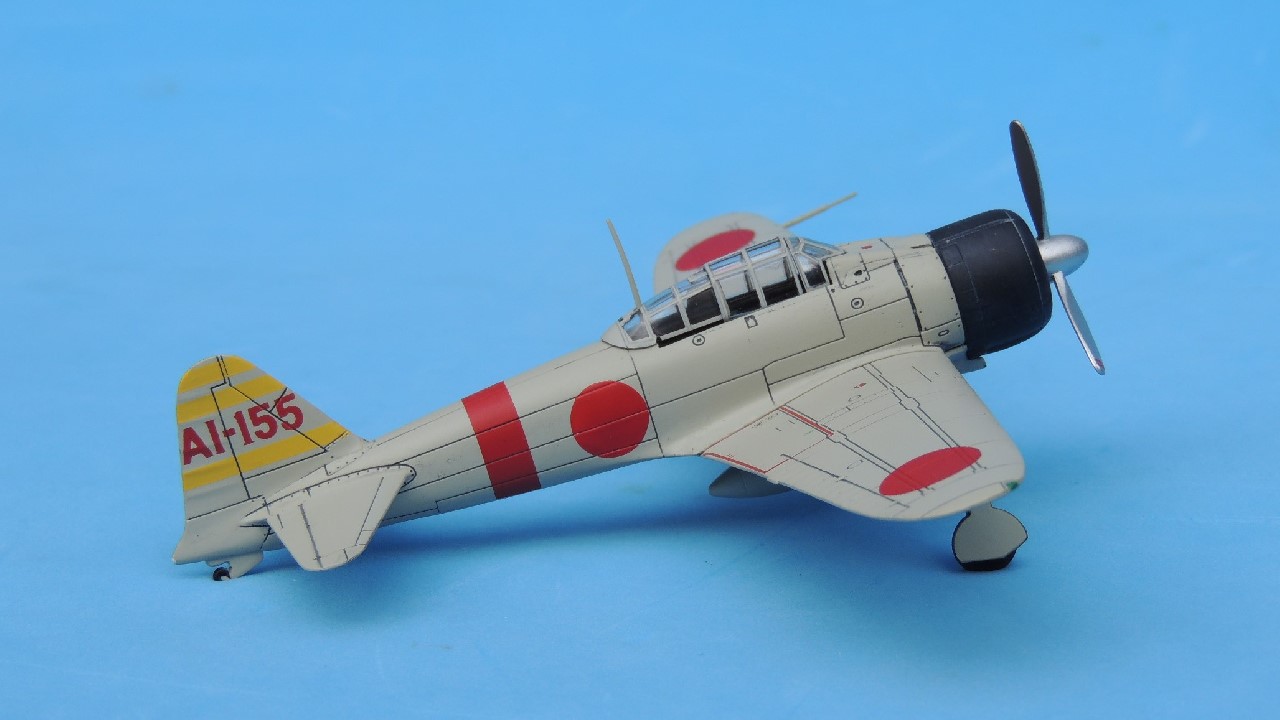

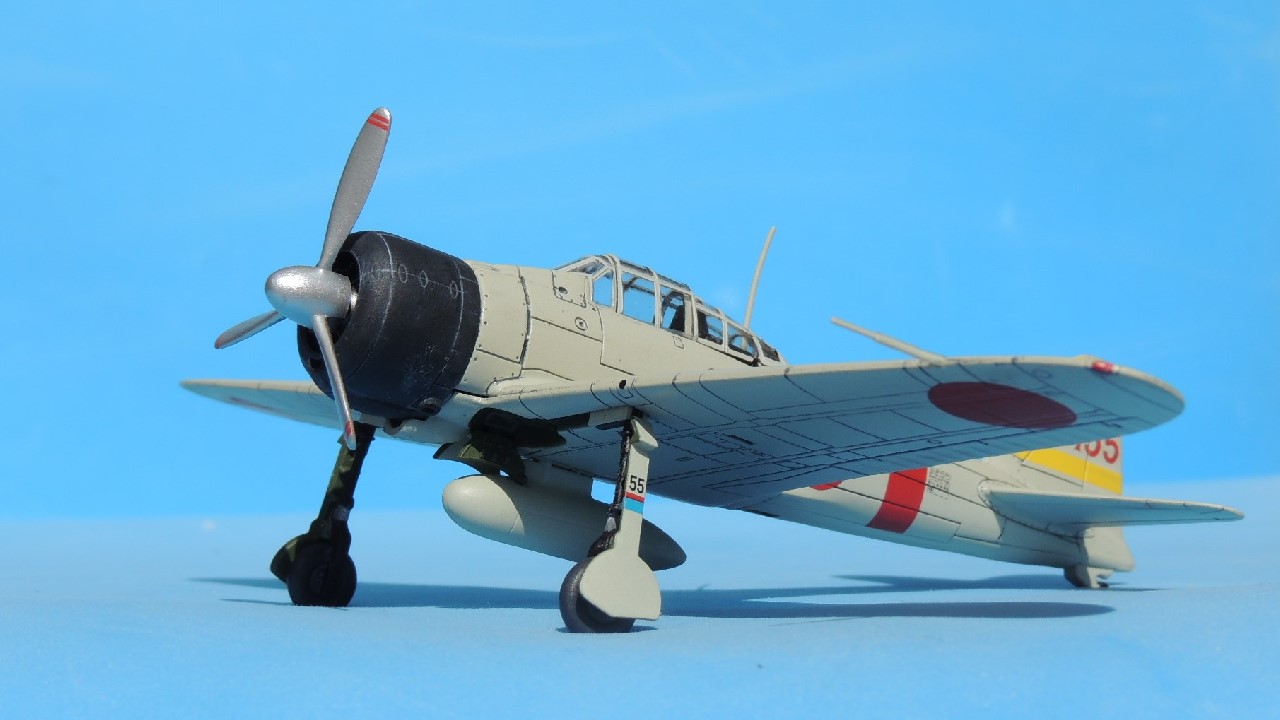


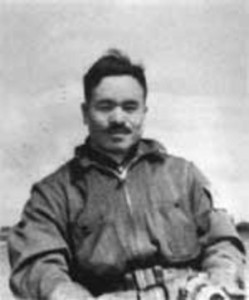
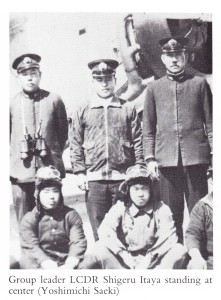
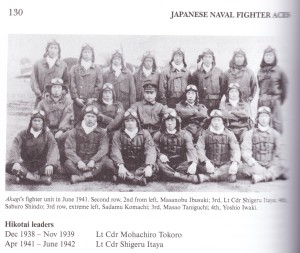
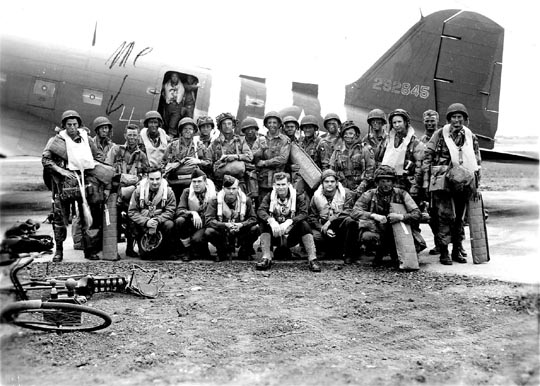
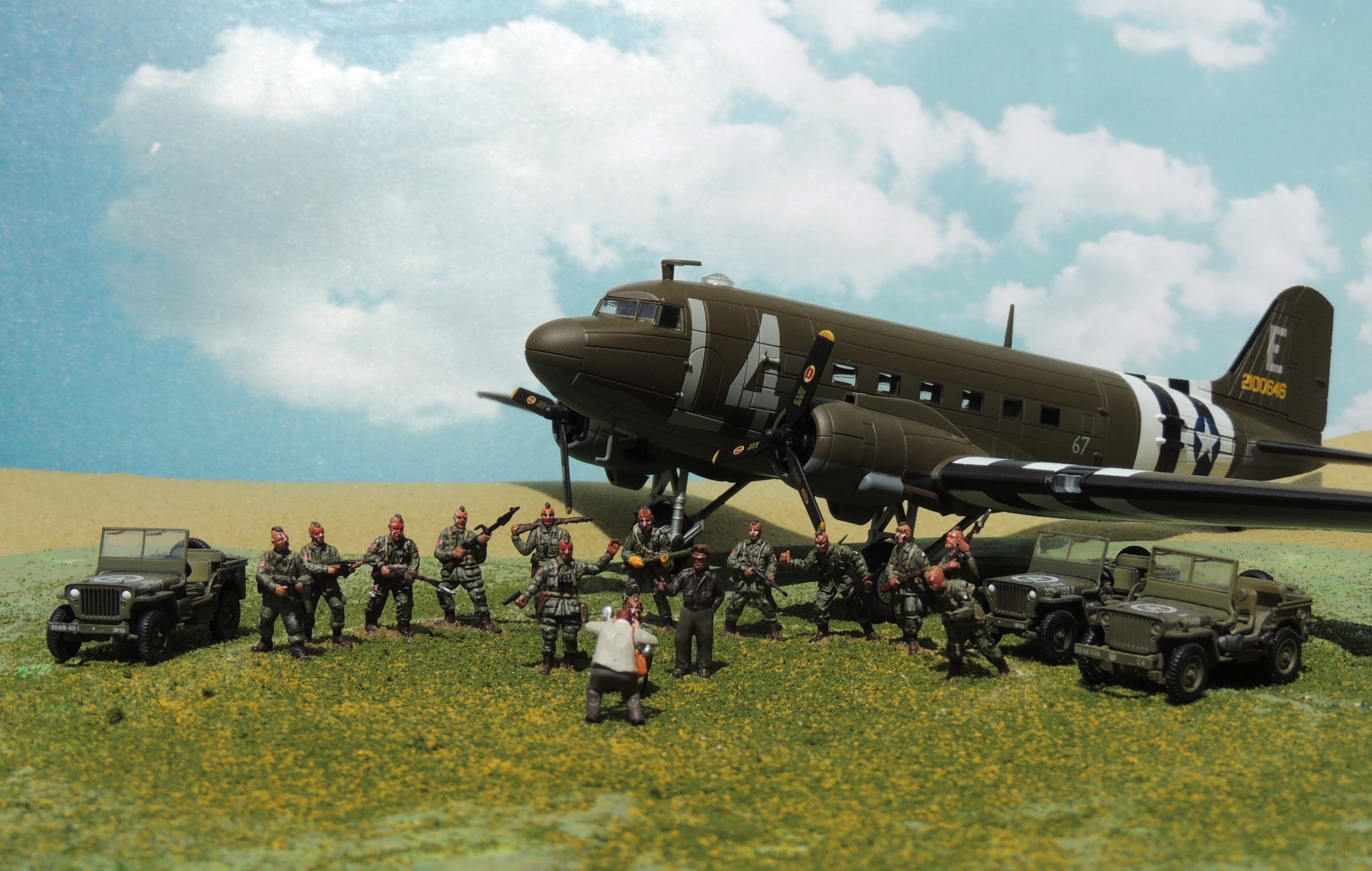

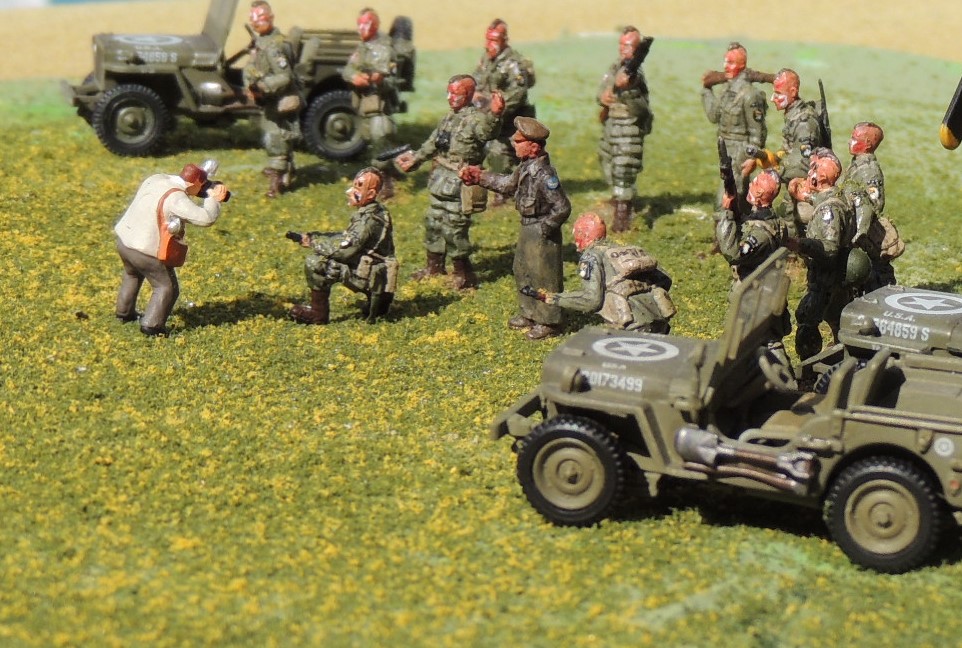
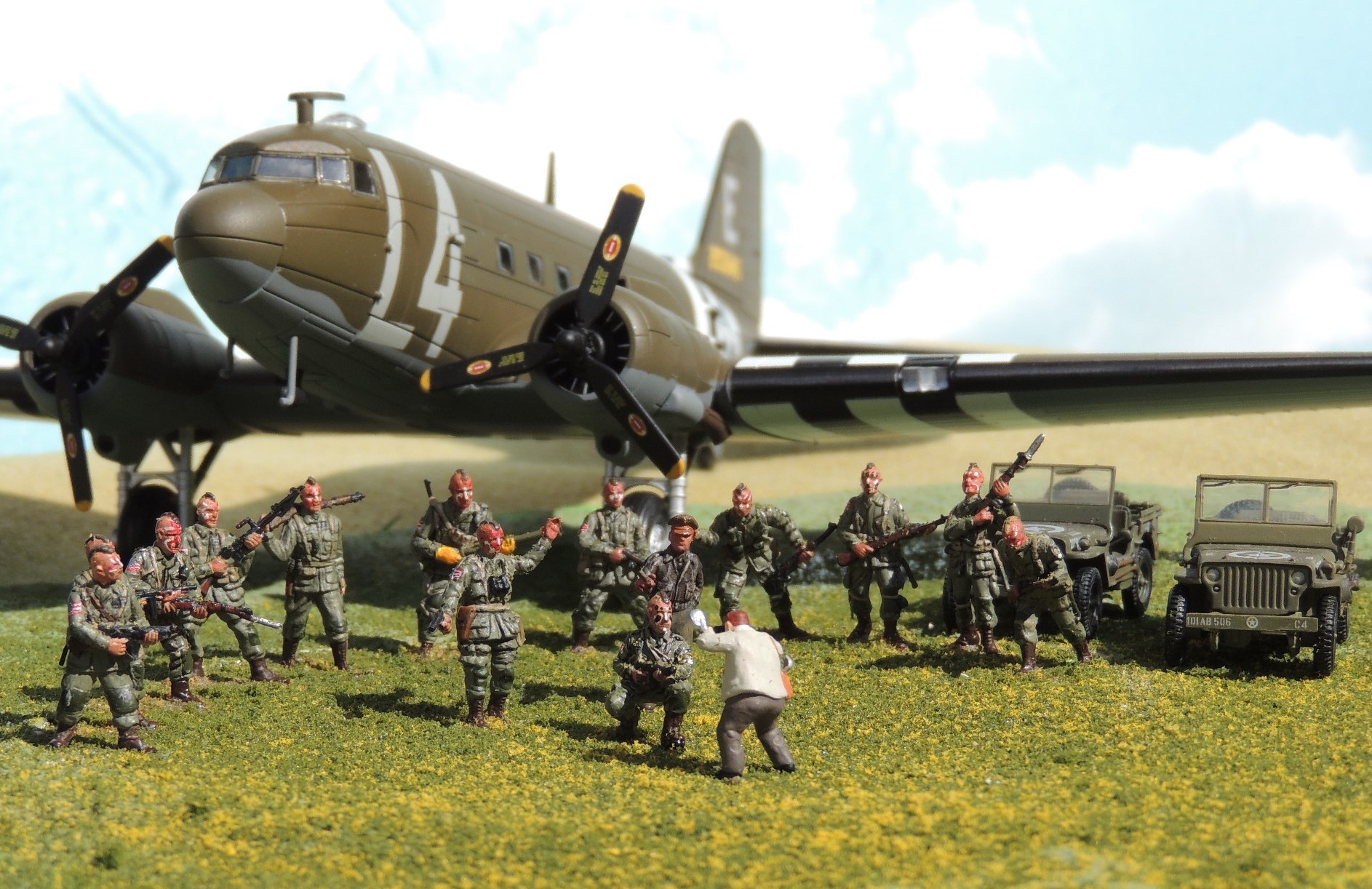
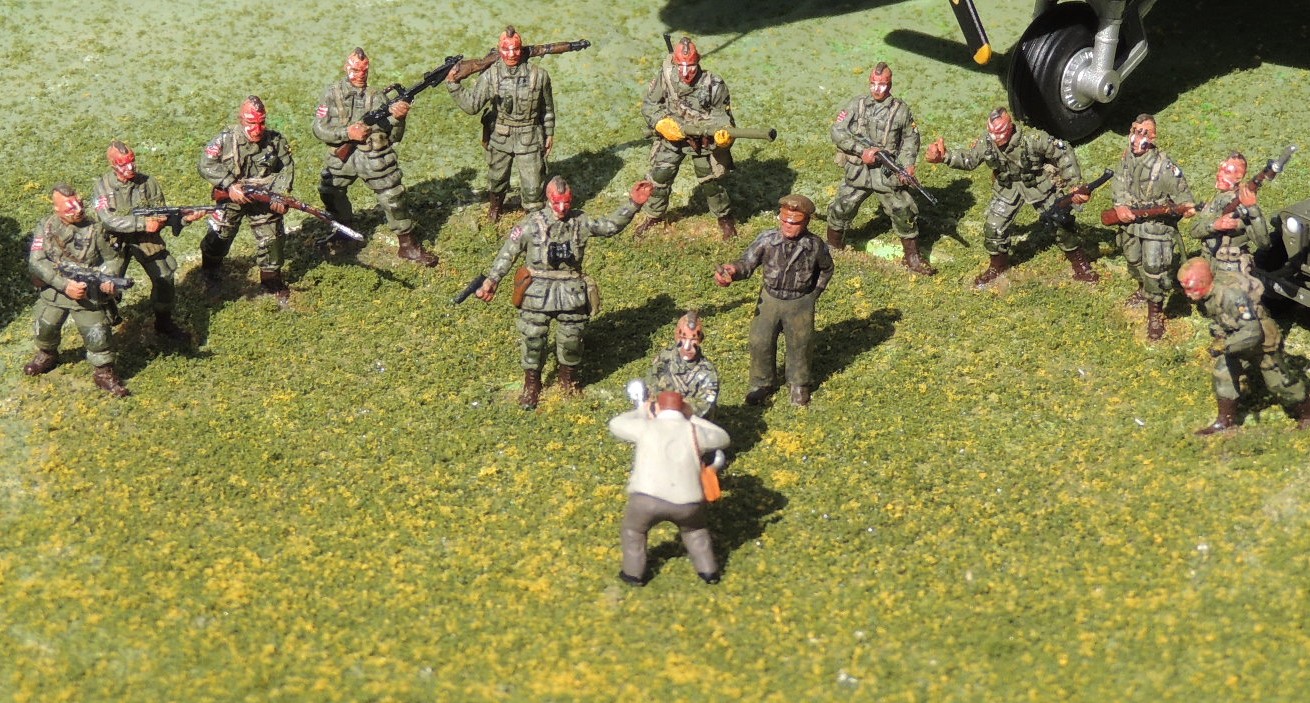


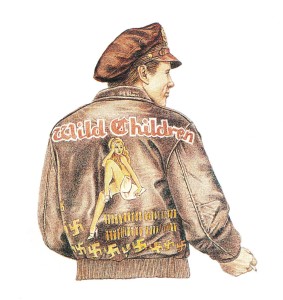
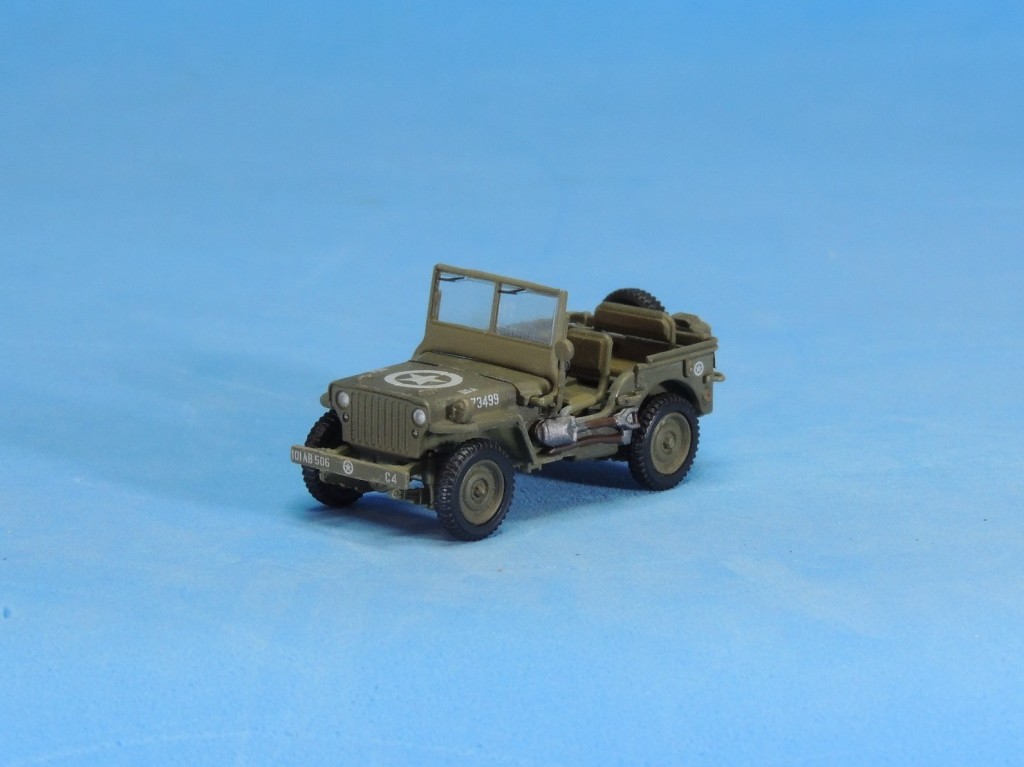
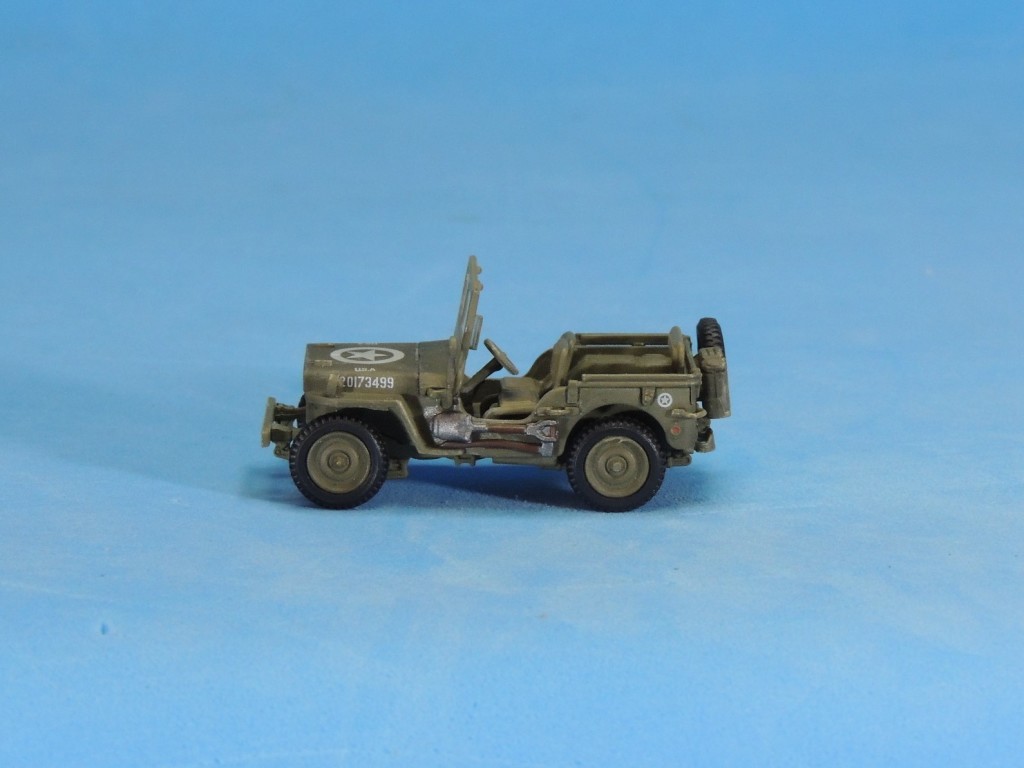
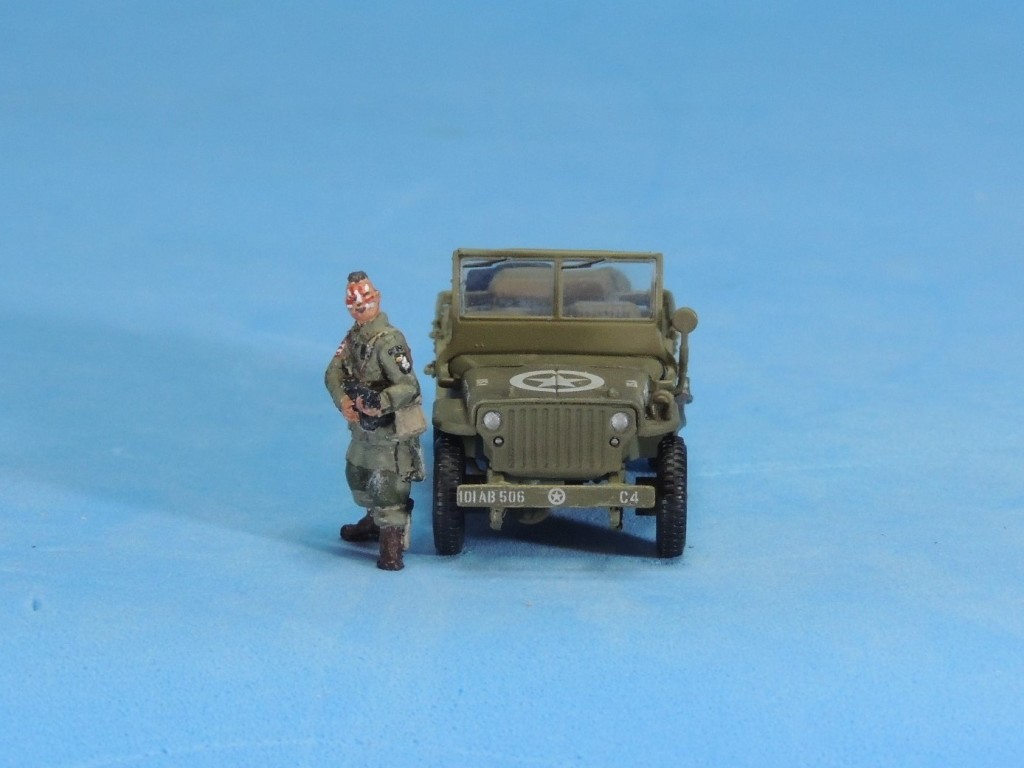
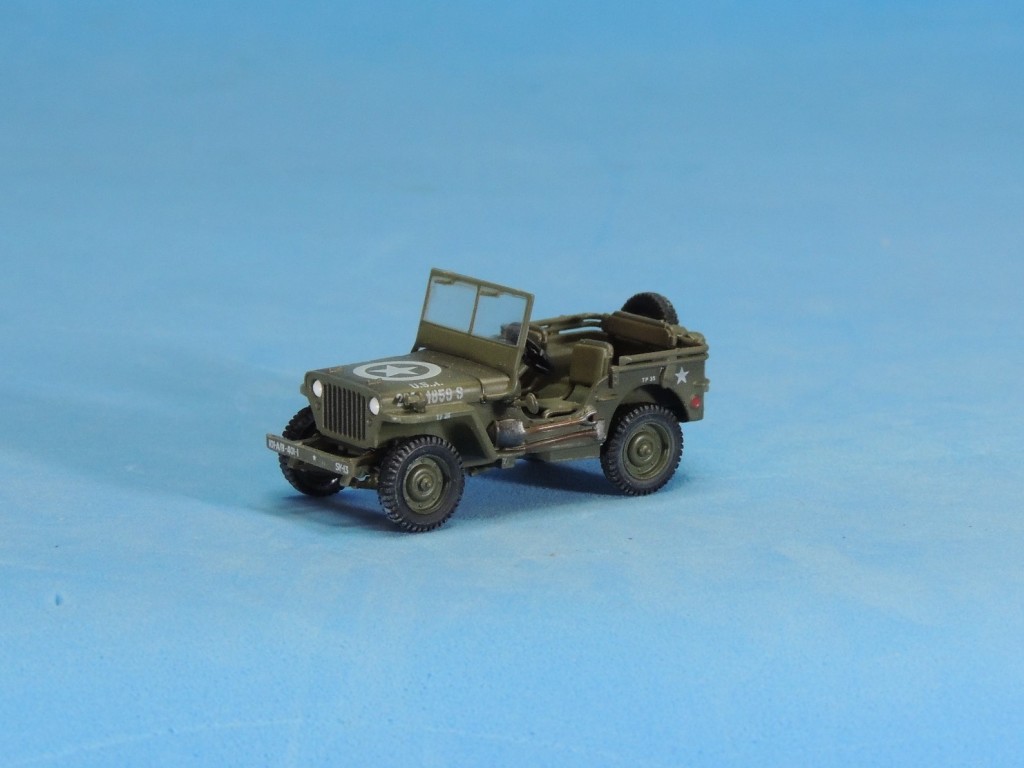
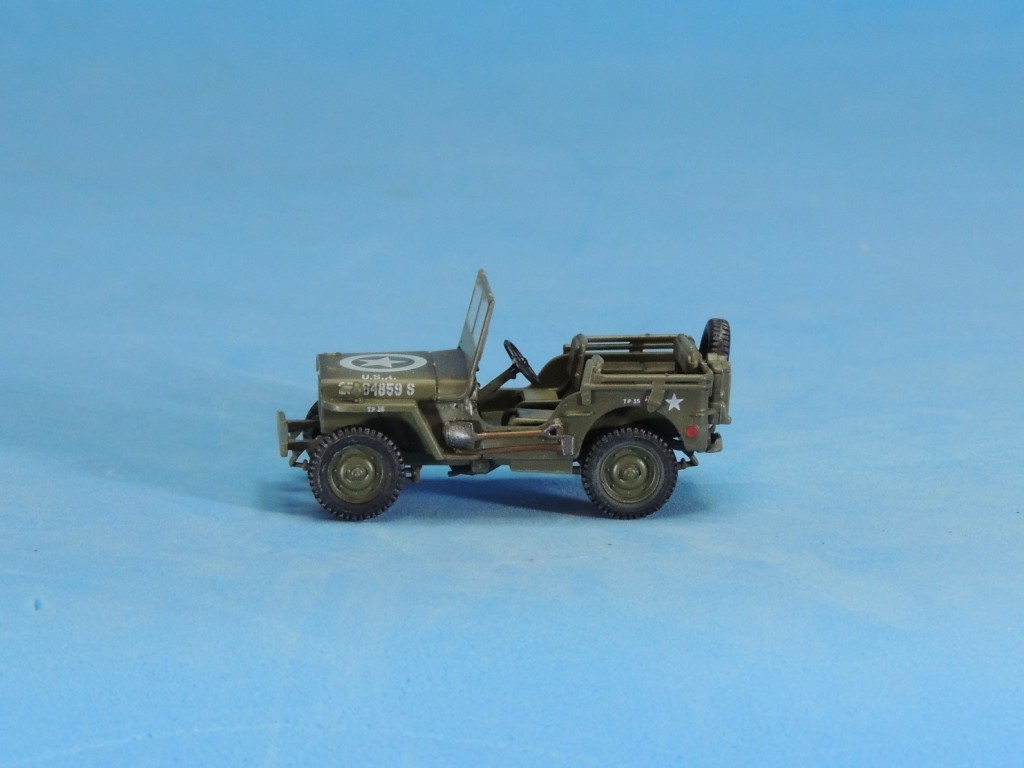
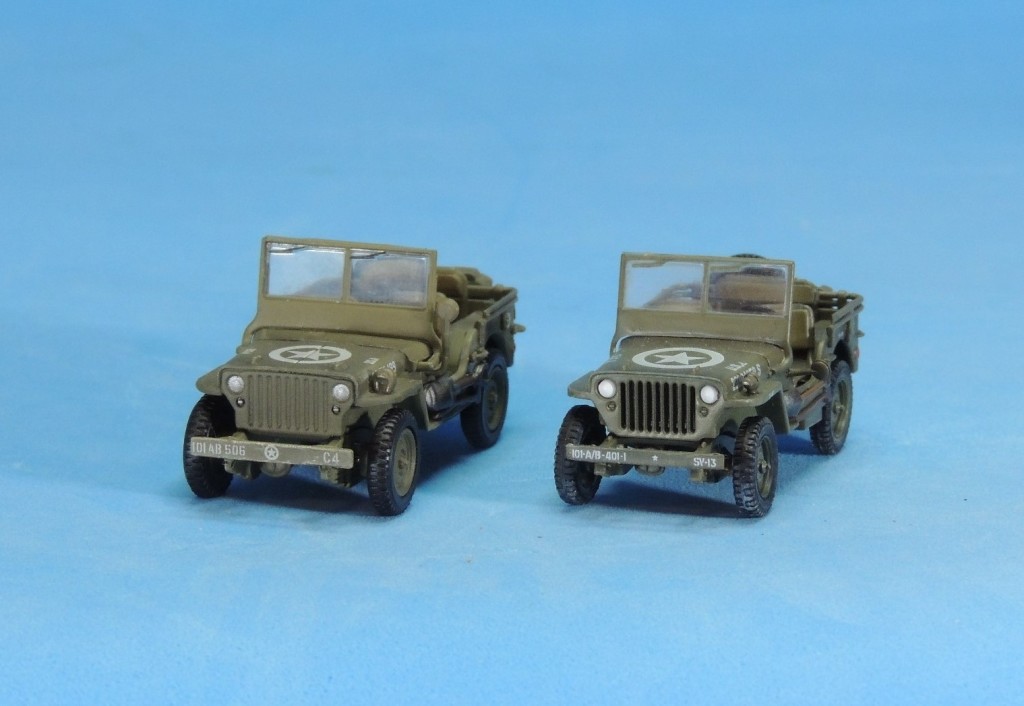
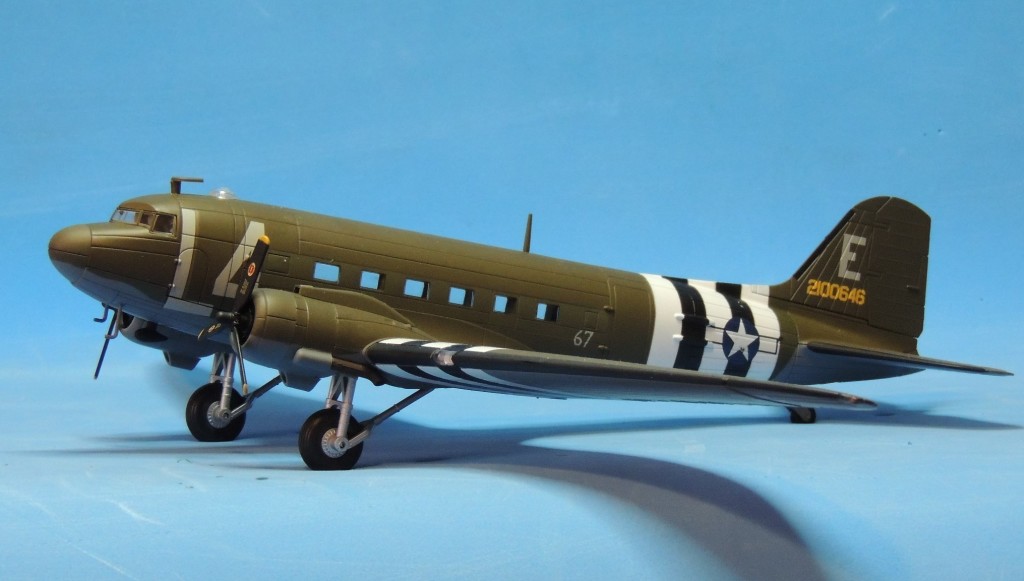
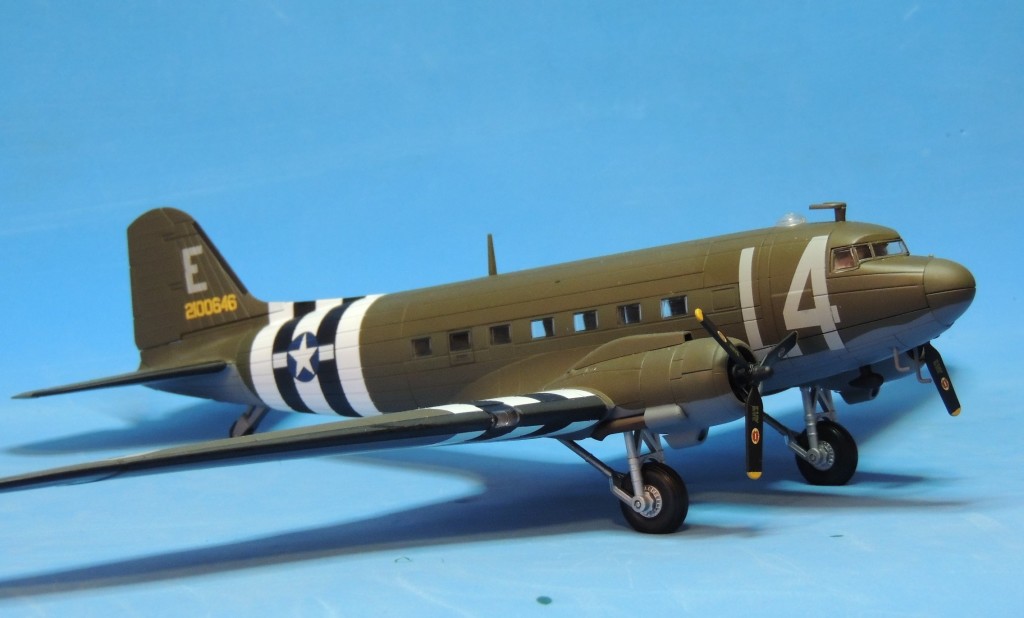
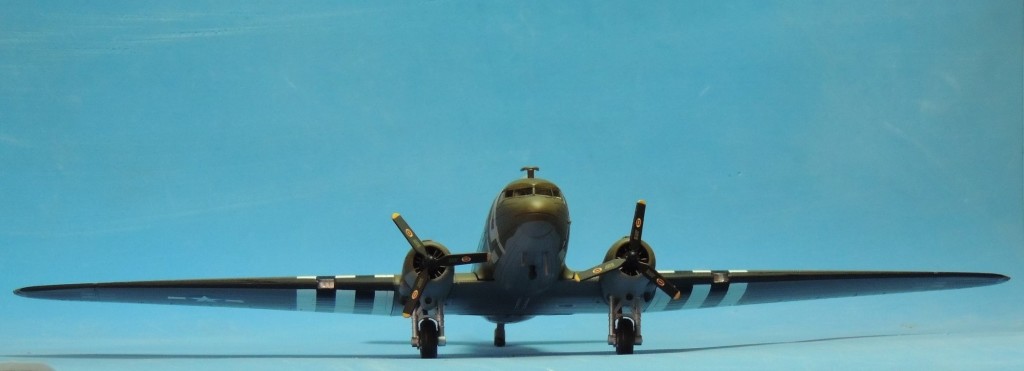
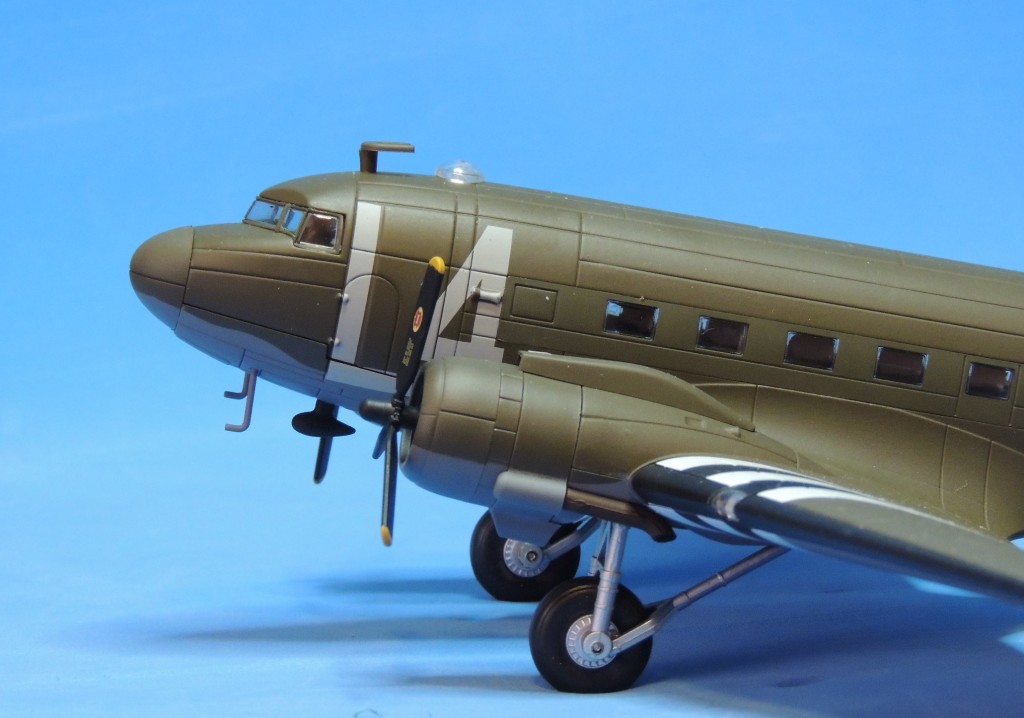
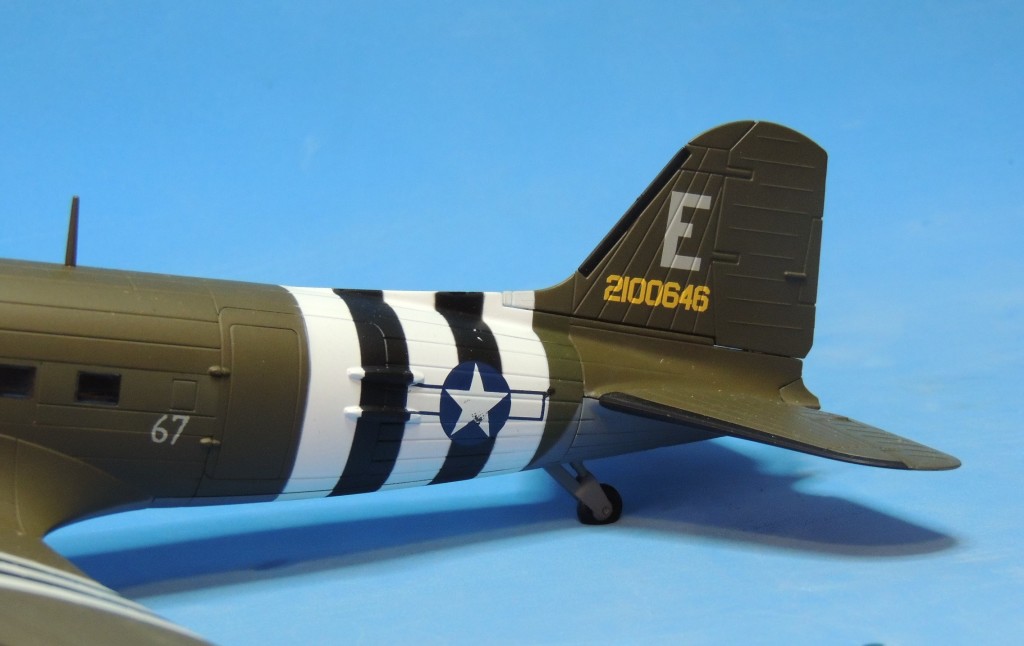
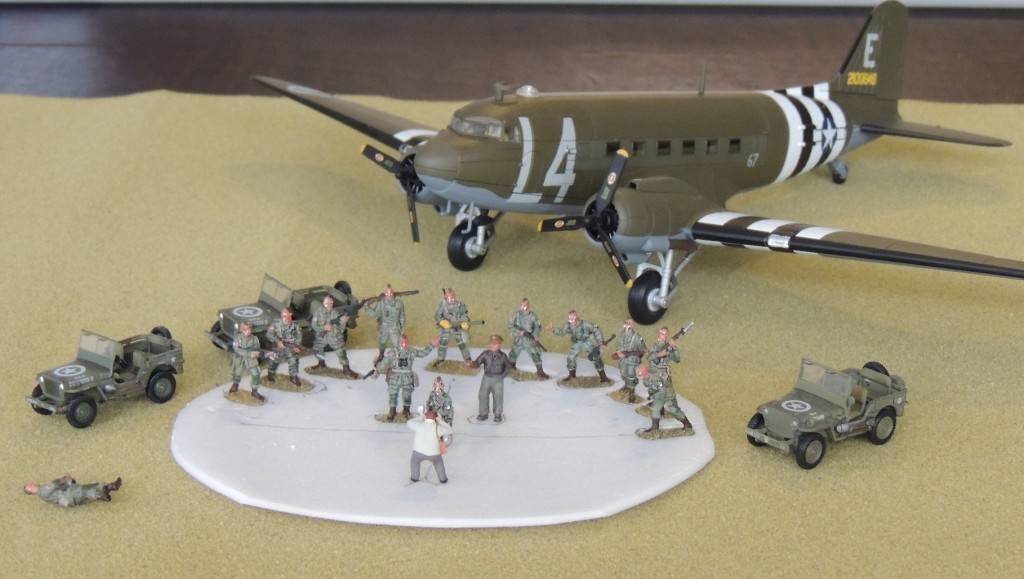
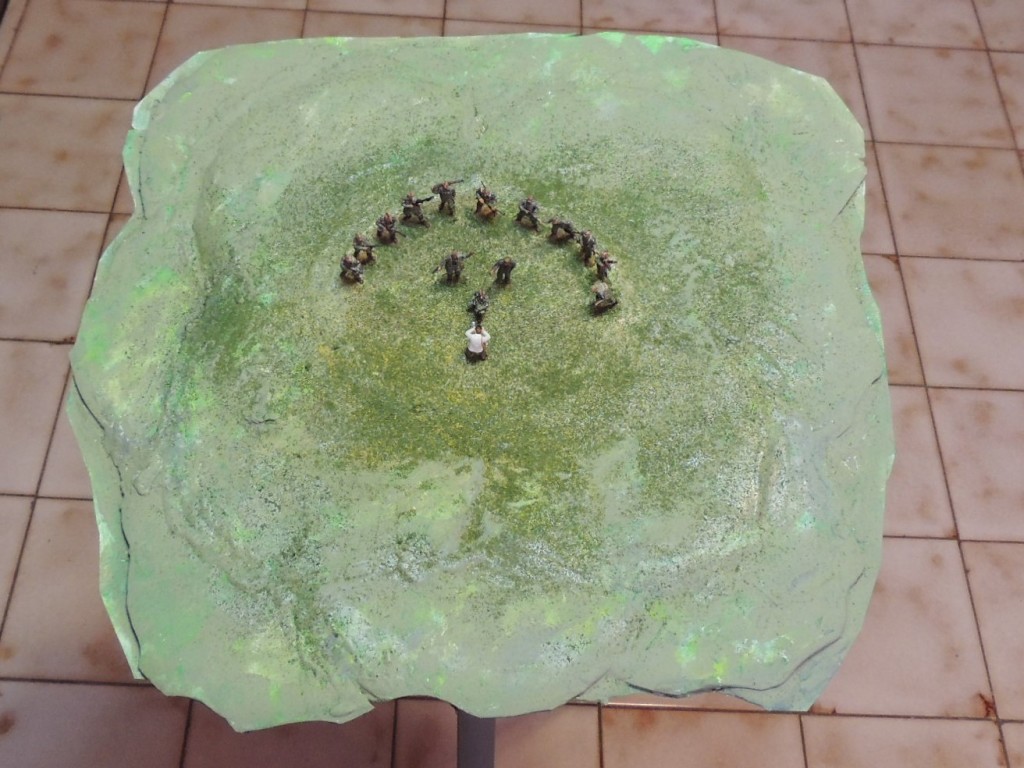
 Following a couple of hours of frustration attempting to salvage the photos by digitally cutting out the background, I decided to photograph the scene again. I was fairly certain that when I glued the silk poster to the cardboard backing I had achieved a good bond and there had been no warping. Still, I carefully unglued the poster and reglued it, using Elmer’s spray adhesive.
Following a couple of hours of frustration attempting to salvage the photos by digitally cutting out the background, I decided to photograph the scene again. I was fairly certain that when I glued the silk poster to the cardboard backing I had achieved a good bond and there had been no warping. Still, I carefully unglued the poster and reglued it, using Elmer’s spray adhesive.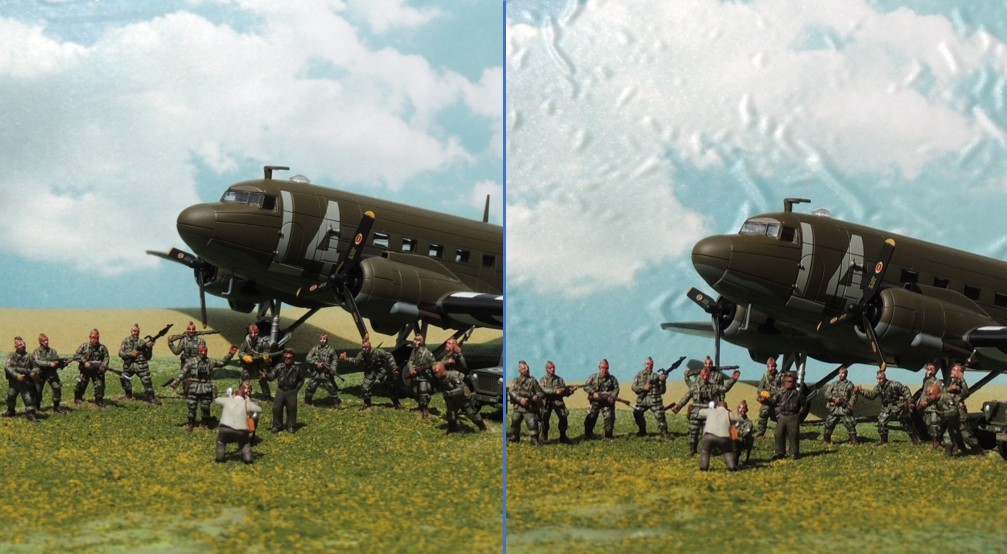
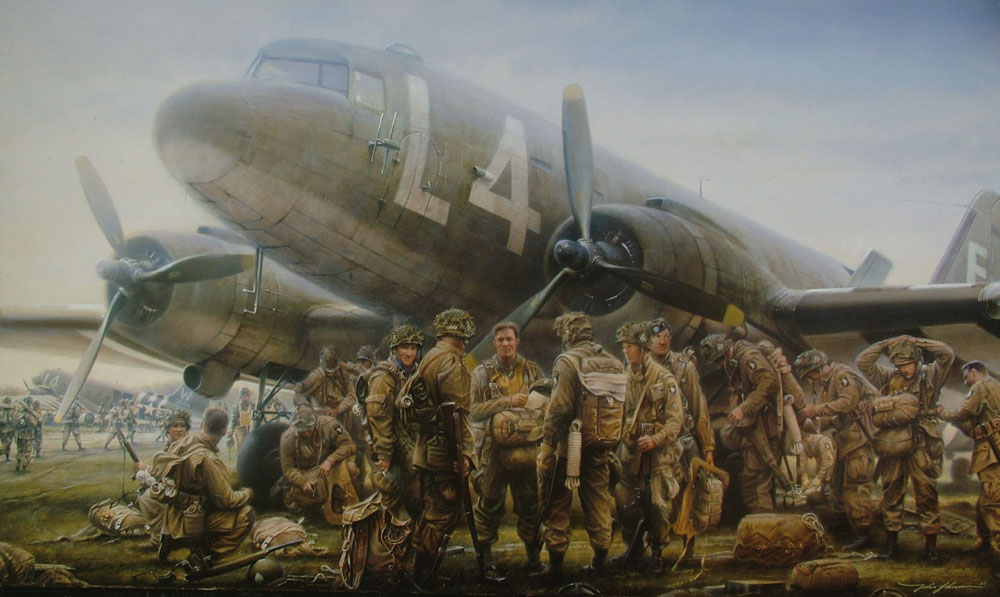 I hope you enjoyed this simple diorama and the Filthy Thirteen series of posts. Again, if something looks amiss, please let me know. I would be delighted to correct inaccurate information so that this may be useful for other 1/72 scale collectors and wargamers. As always, comments, questions, corrections, and observations are welcome.
I hope you enjoyed this simple diorama and the Filthy Thirteen series of posts. Again, if something looks amiss, please let me know. I would be delighted to correct inaccurate information so that this may be useful for other 1/72 scale collectors and wargamers. As always, comments, questions, corrections, and observations are welcome.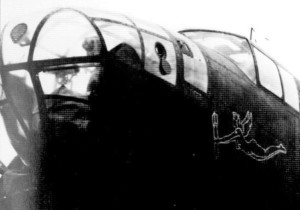 Also from Chun’s book, here’s a close-up of the insignia on the starboard side of the fuselage: the white outline of a curvaceous angel about to release a bomb. The irony of an angel ready to drop death and destruction from above should not be lost on us, biblical though it may be. Given that the Doolittle Raid occurred only four months after the U.S. entry into the war, this is likely one of the first examples of pin-up art on an American aircraft, if indeed a naked angel can be considered a pin-up. Note the dark smudge directly in front of the bomb in the angel’s hands where the name “Hari Kari-er” was overpainted in darker olive drab, though the reason is unclear.
Also from Chun’s book, here’s a close-up of the insignia on the starboard side of the fuselage: the white outline of a curvaceous angel about to release a bomb. The irony of an angel ready to drop death and destruction from above should not be lost on us, biblical though it may be. Given that the Doolittle Raid occurred only four months after the U.S. entry into the war, this is likely one of the first examples of pin-up art on an American aircraft, if indeed a naked angel can be considered a pin-up. Note the dark smudge directly in front of the bomb in the angel’s hands where the name “Hari Kari-er” was overpainted in darker olive drab, though the reason is unclear. 

